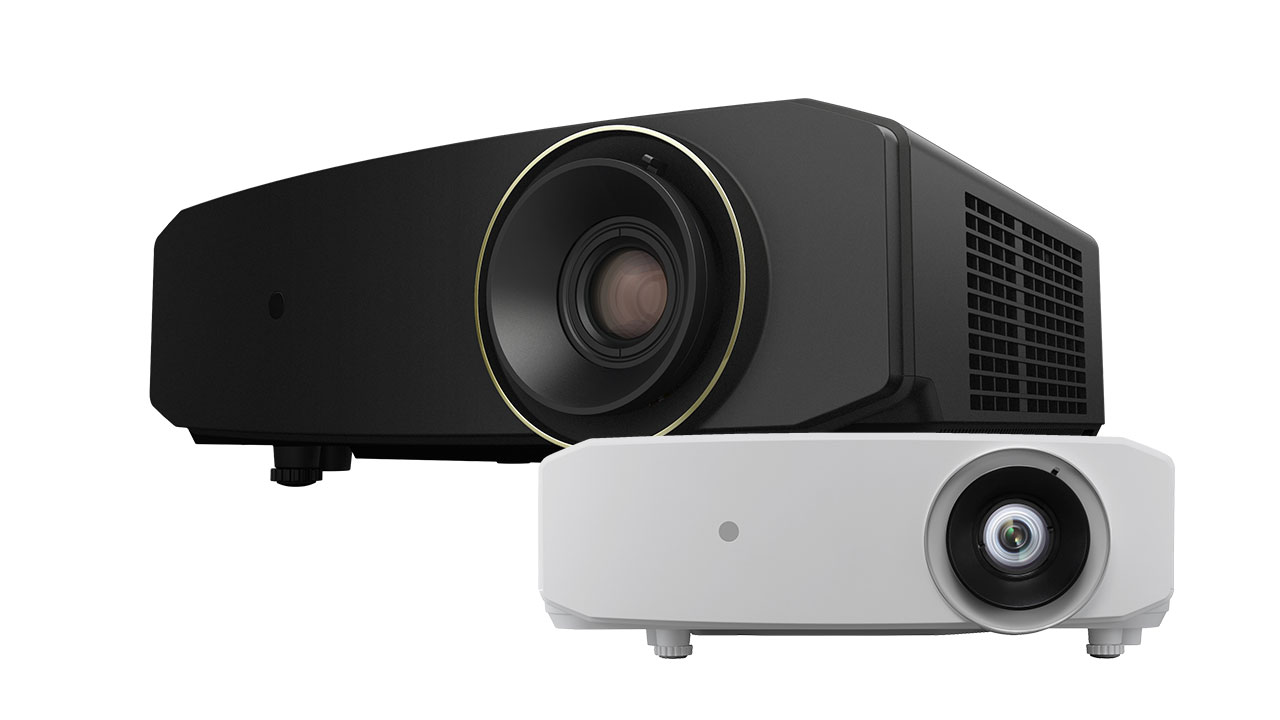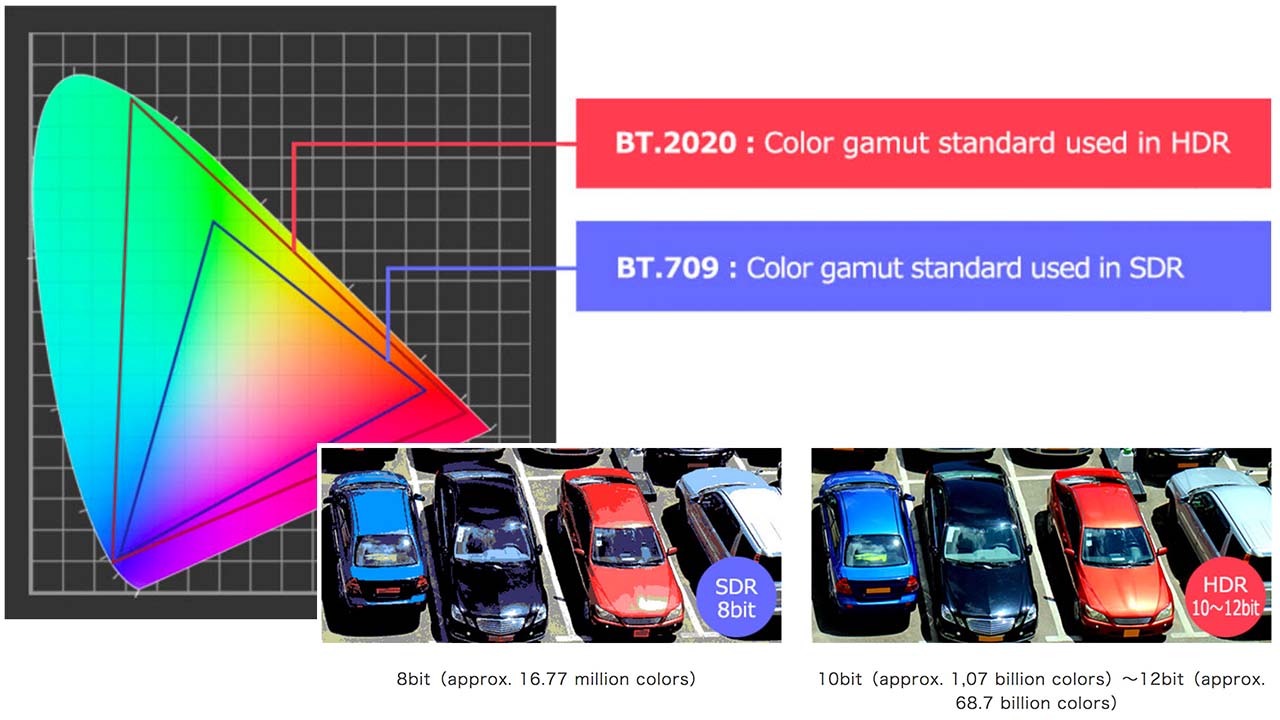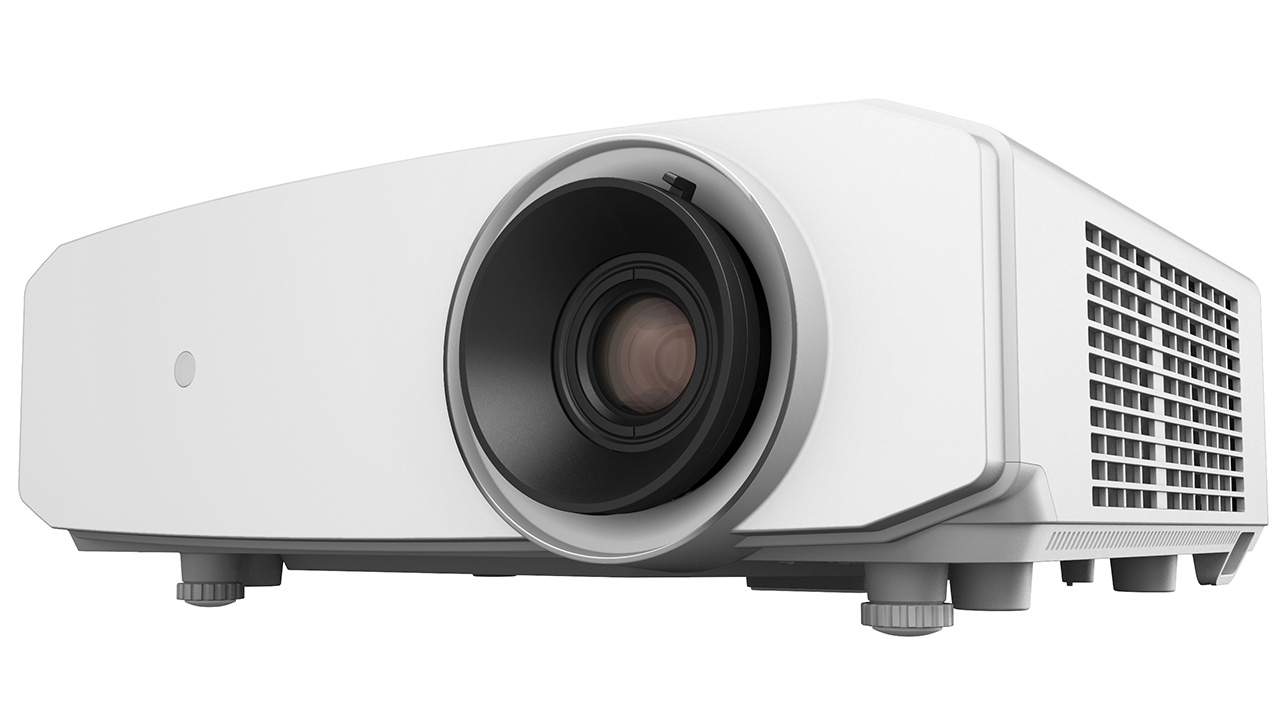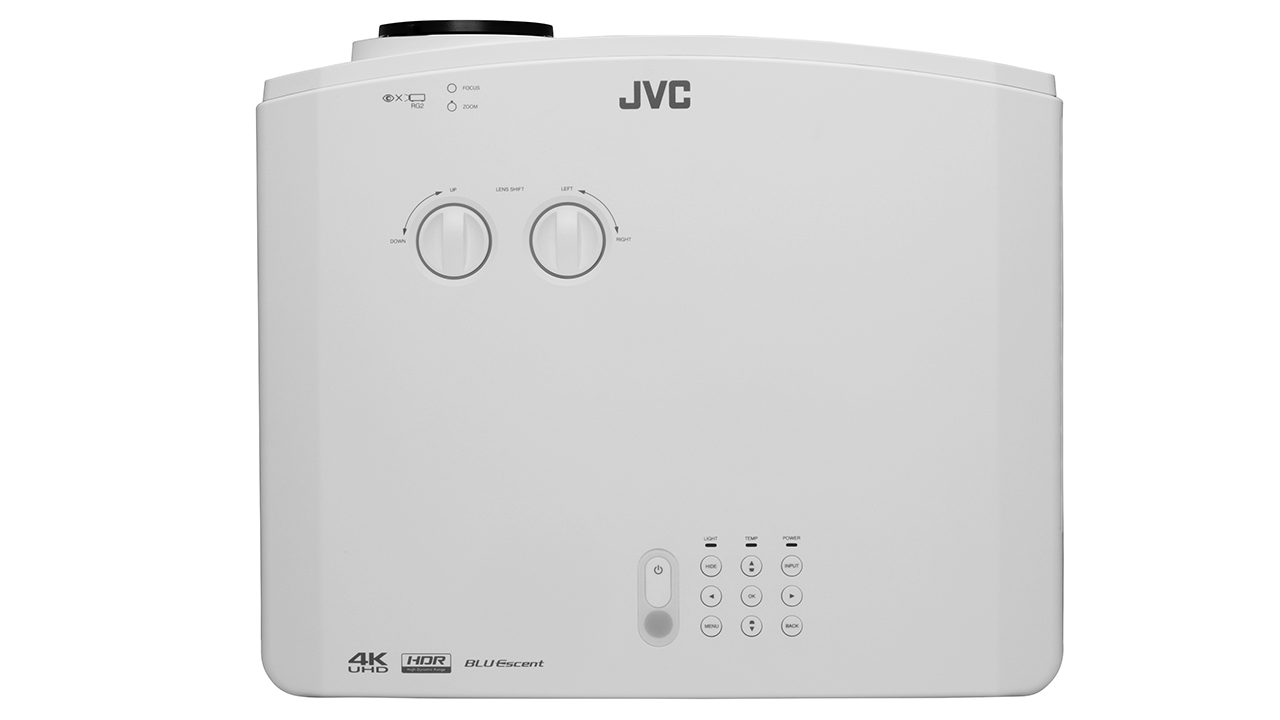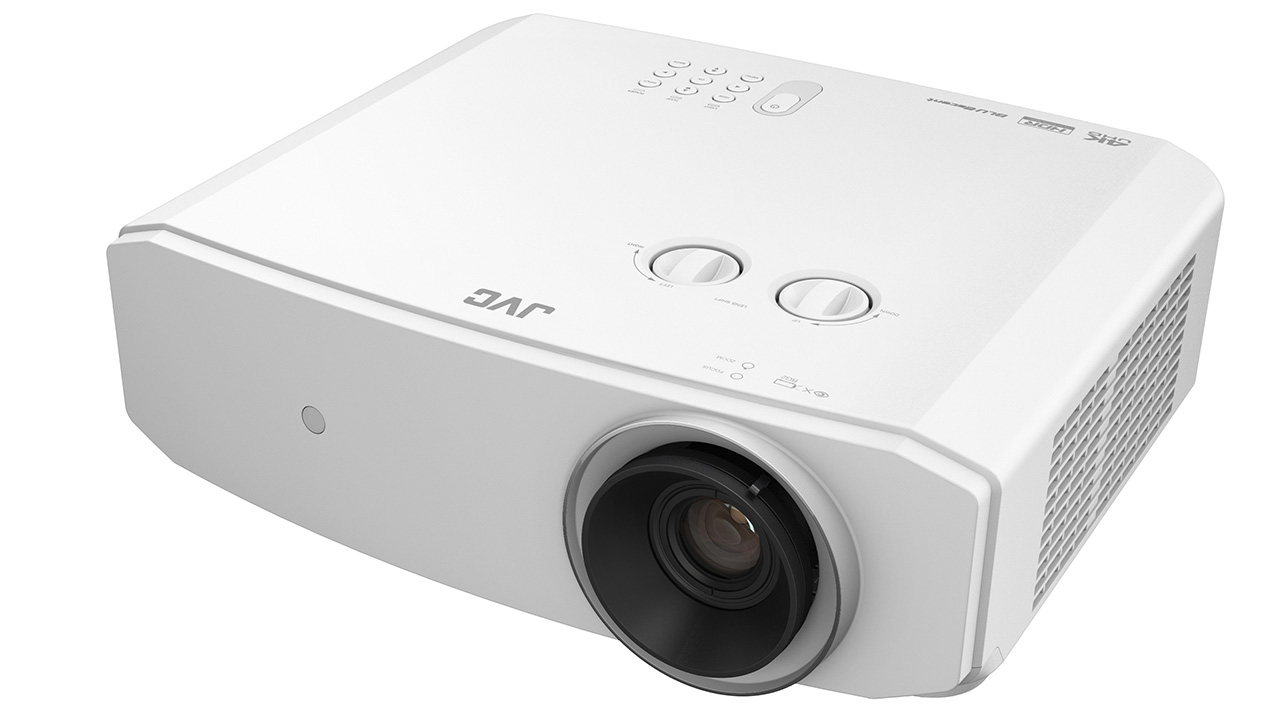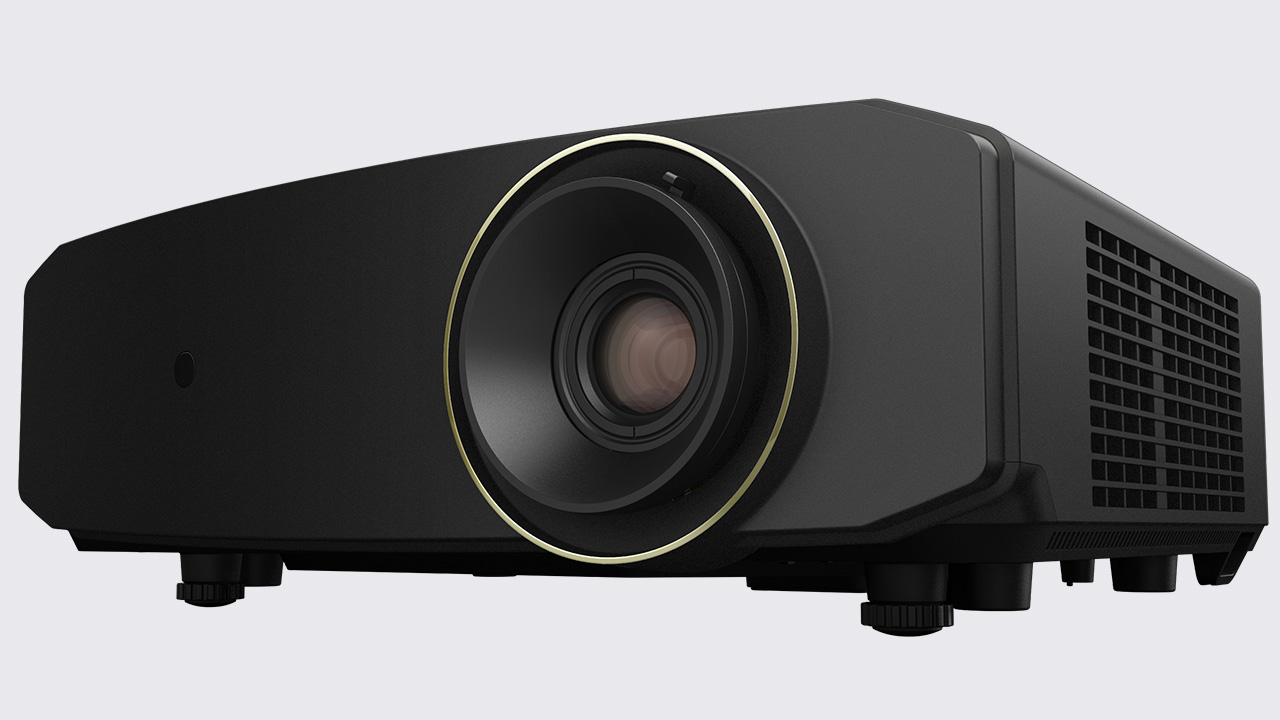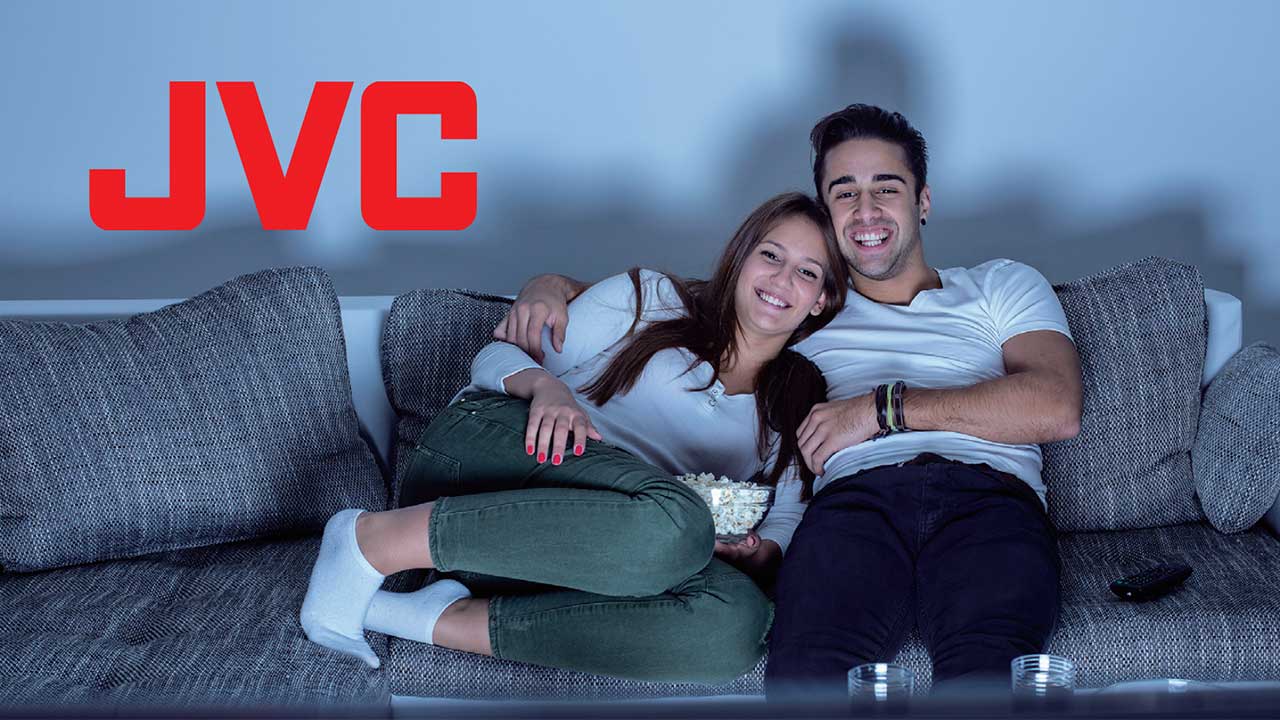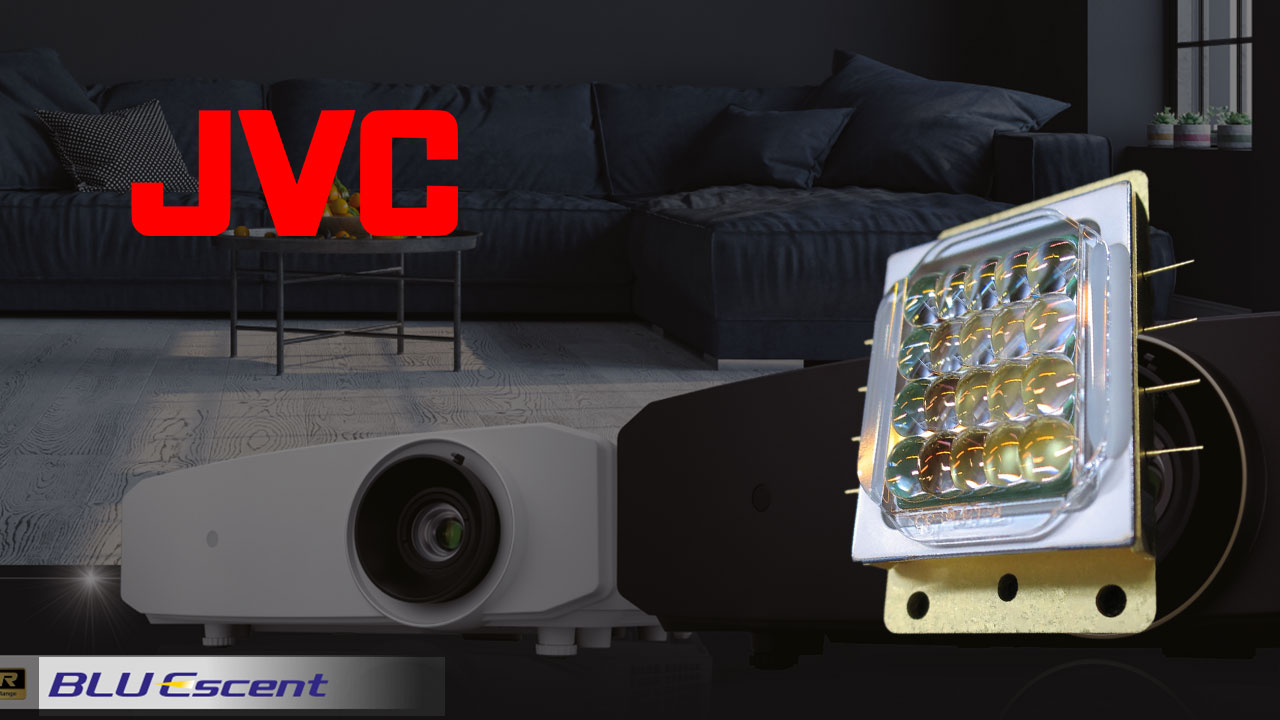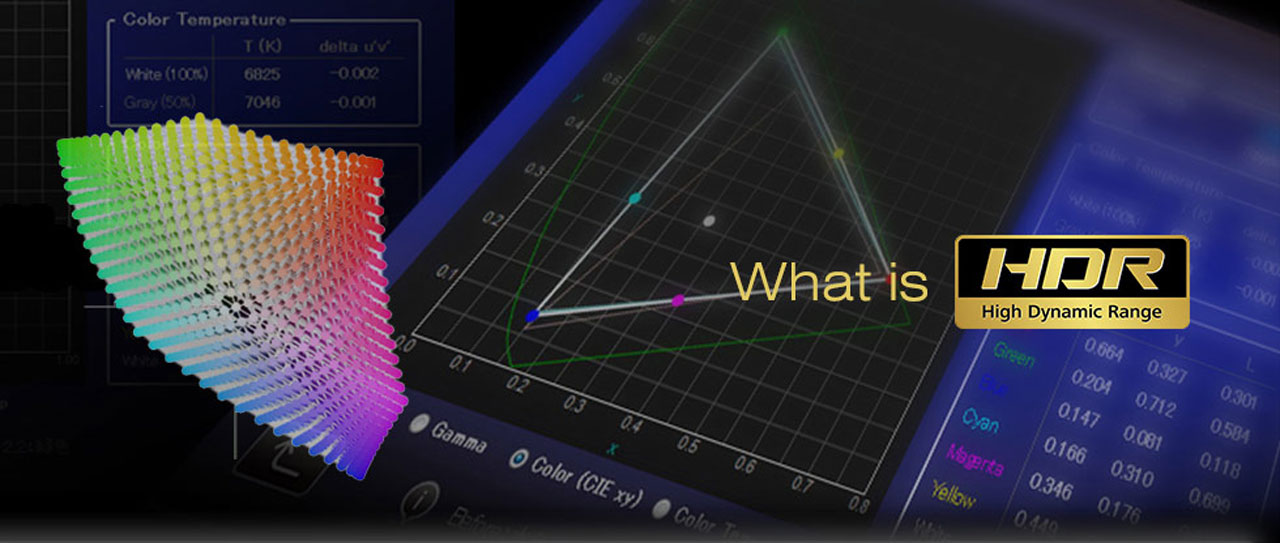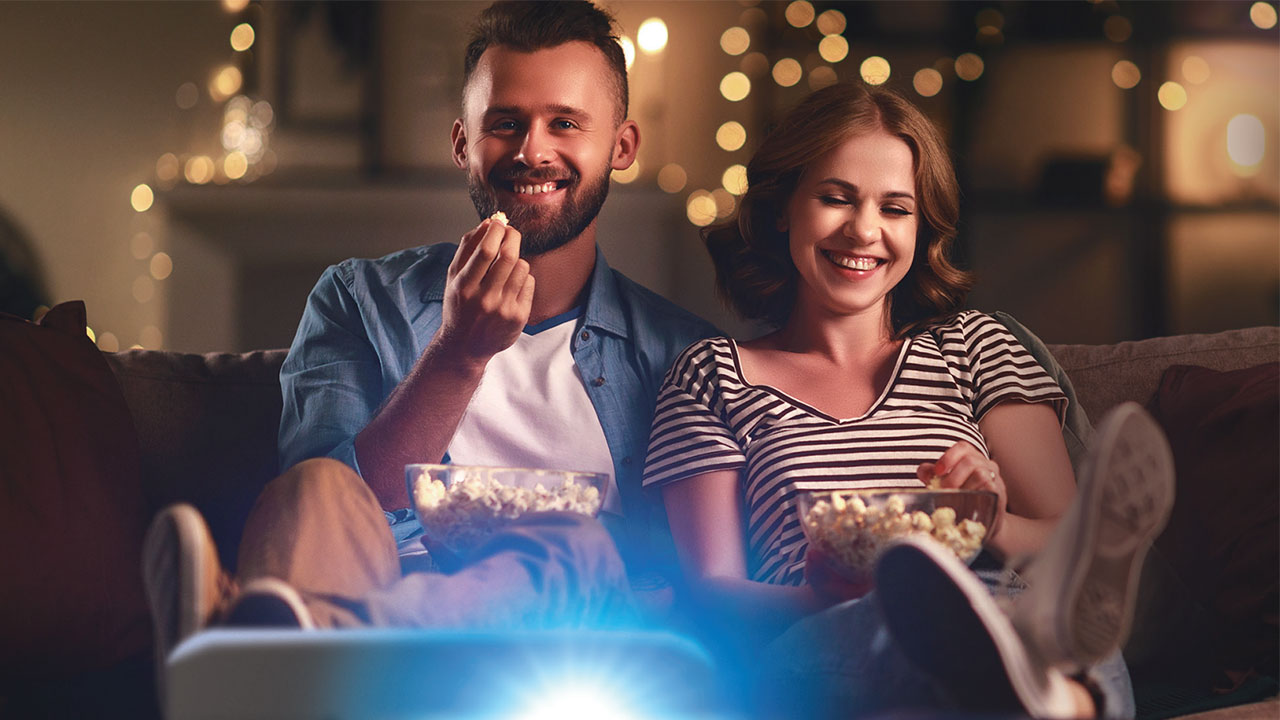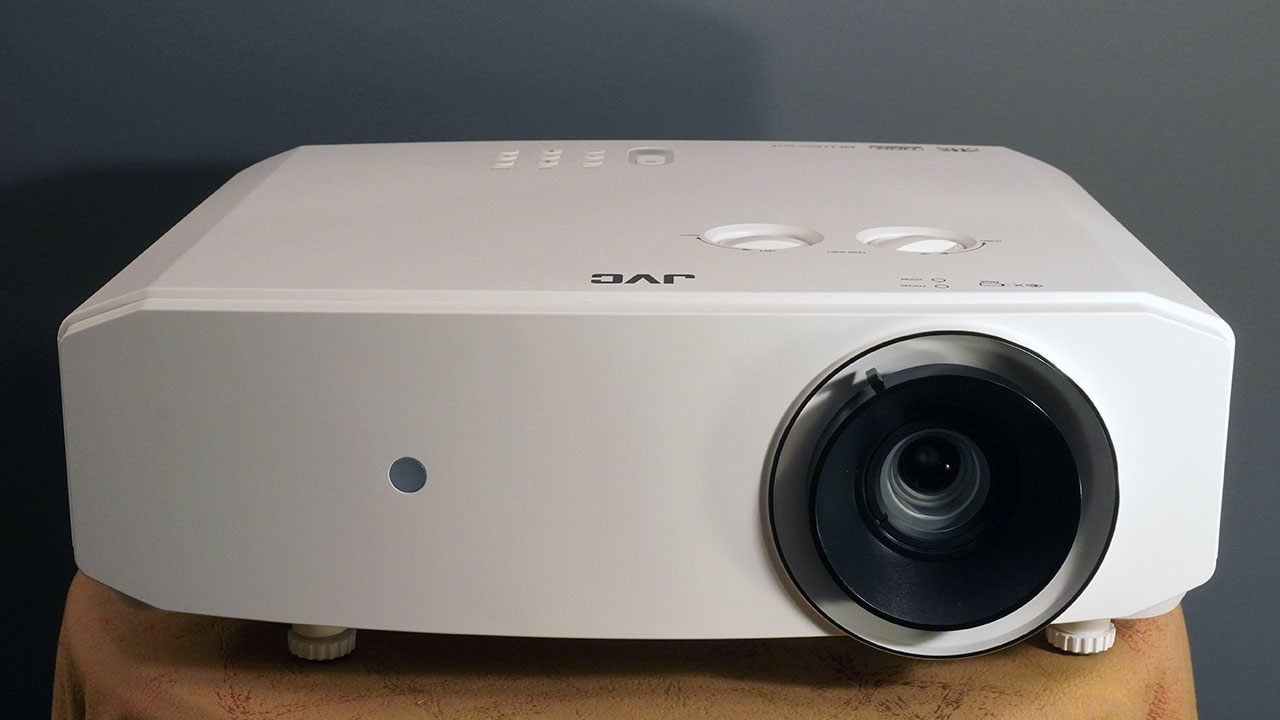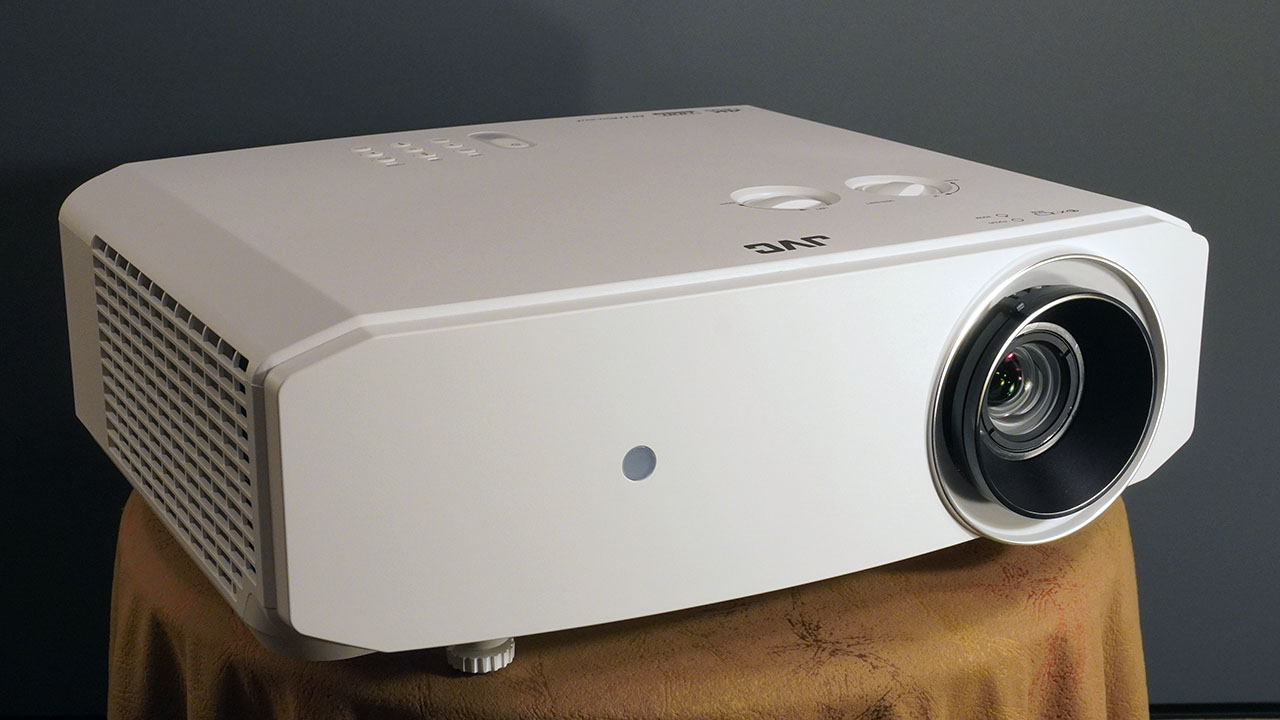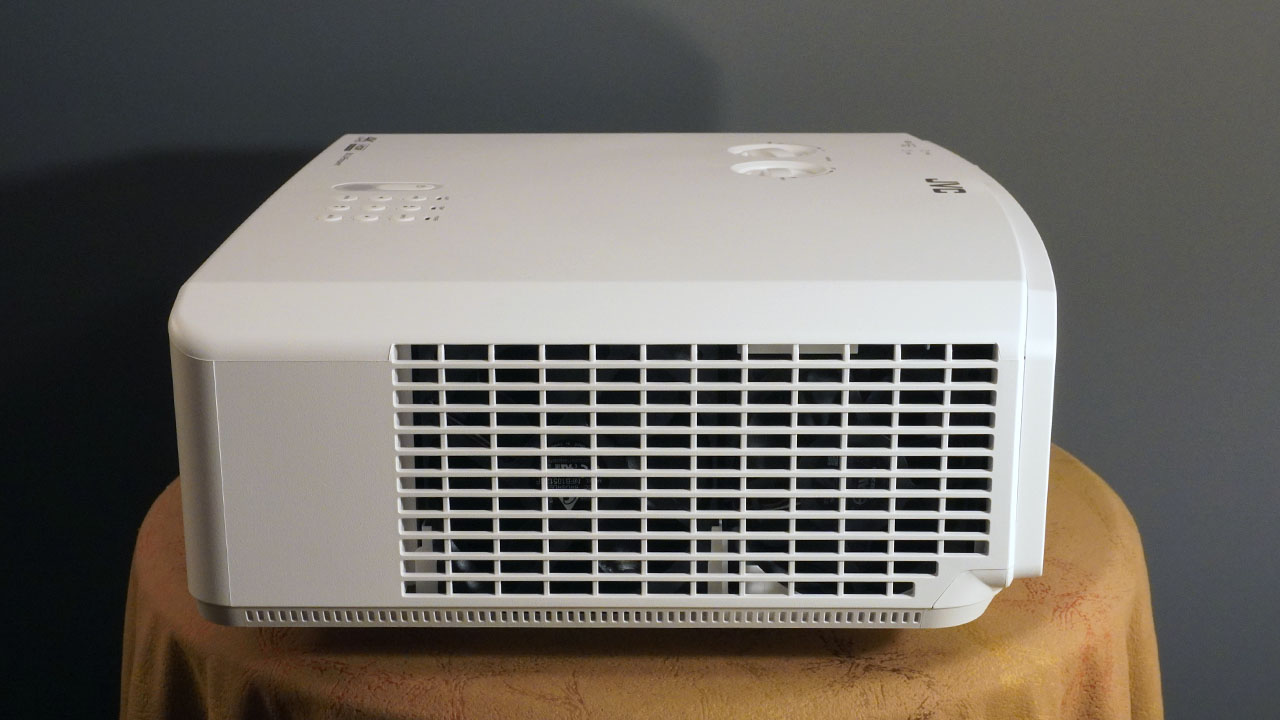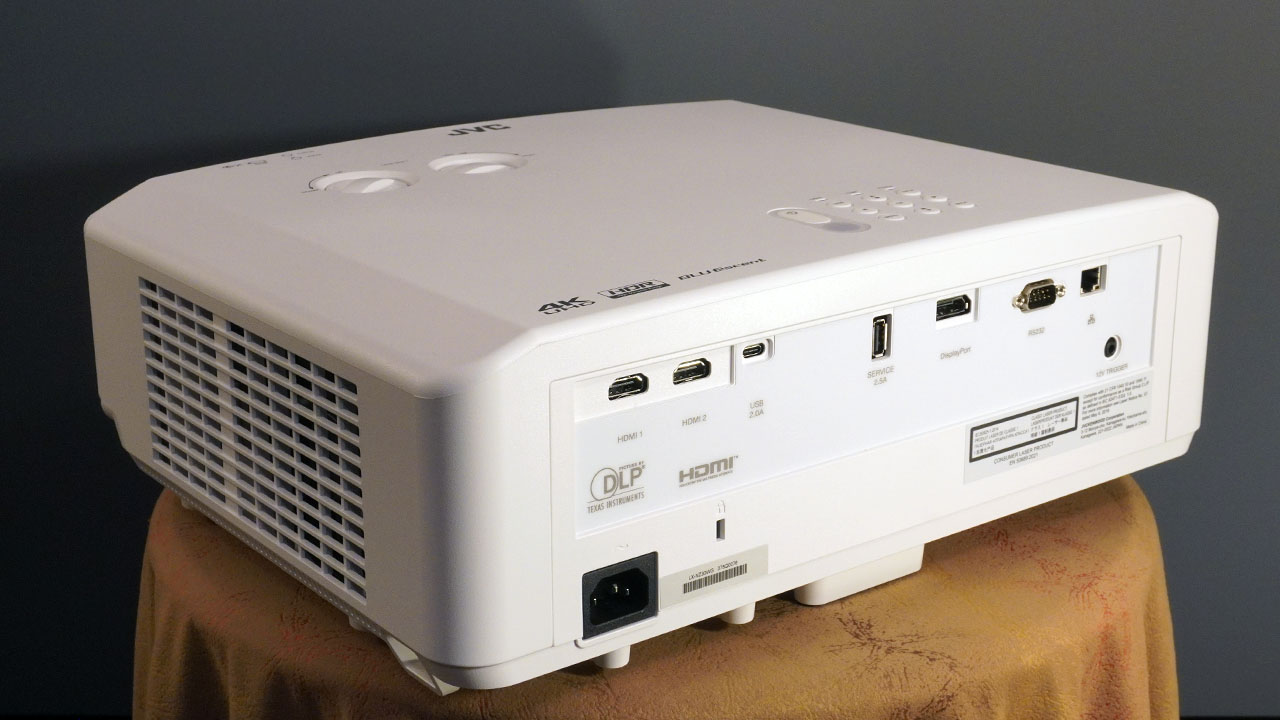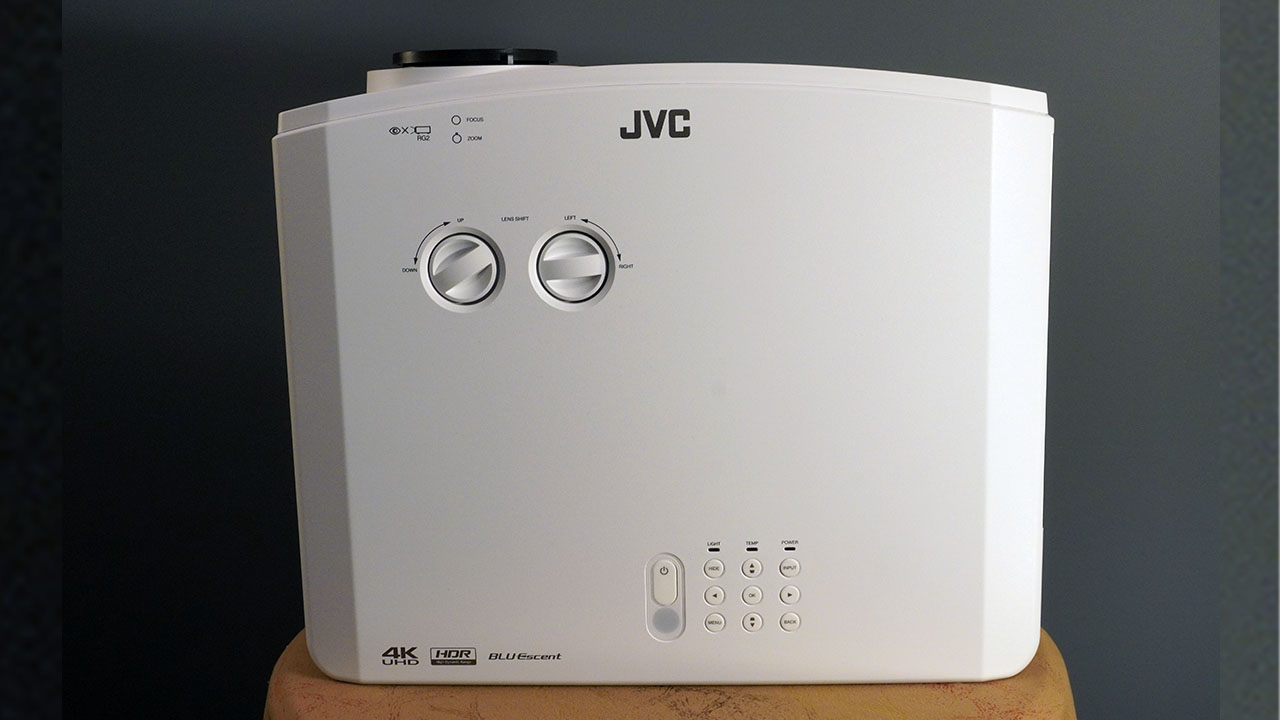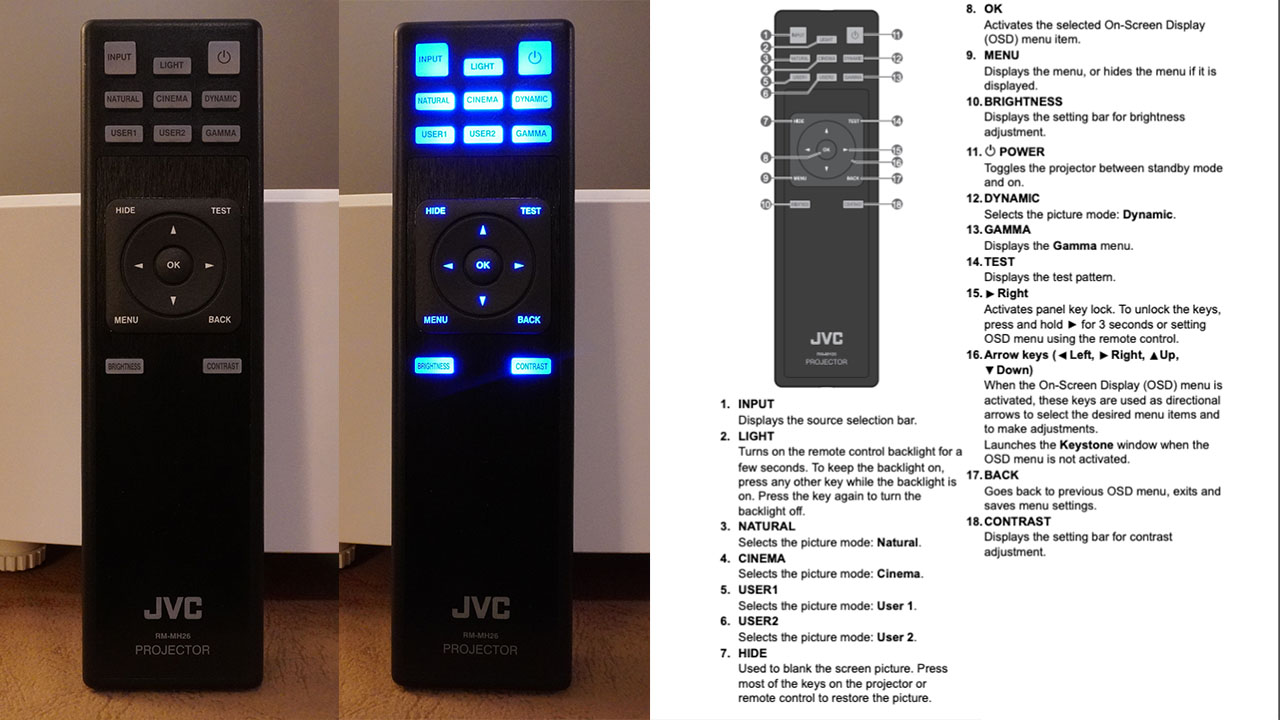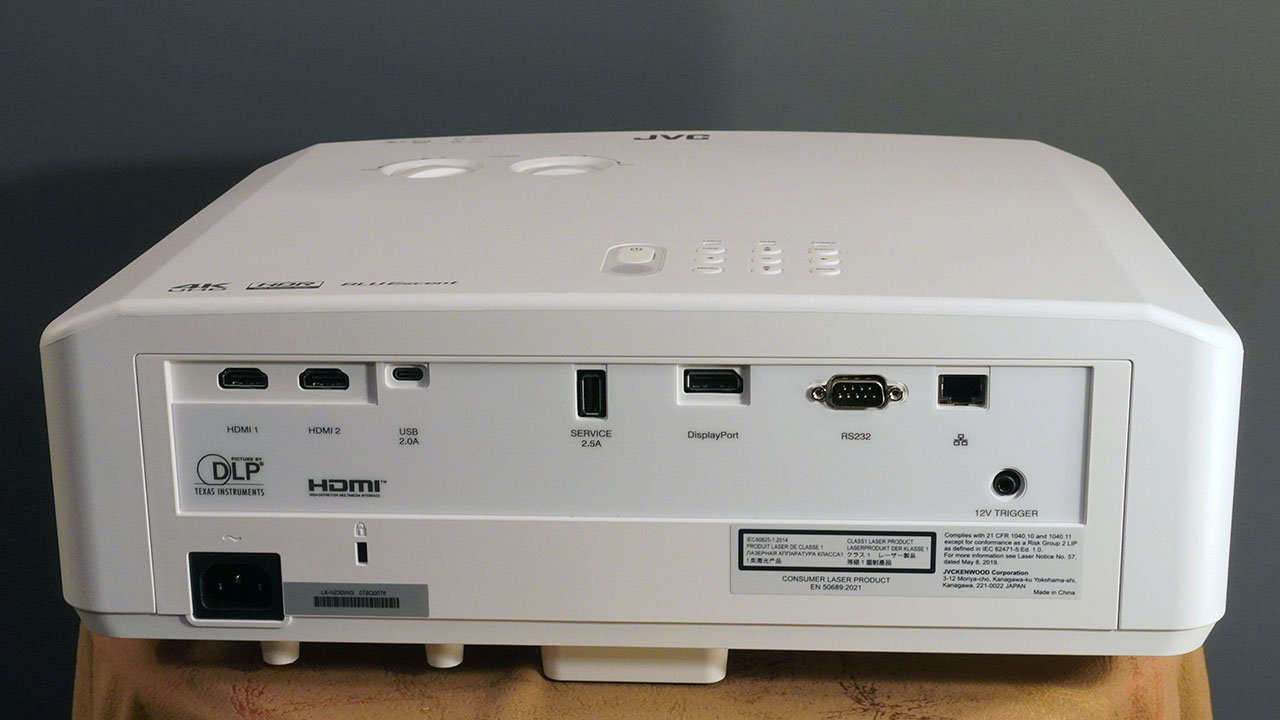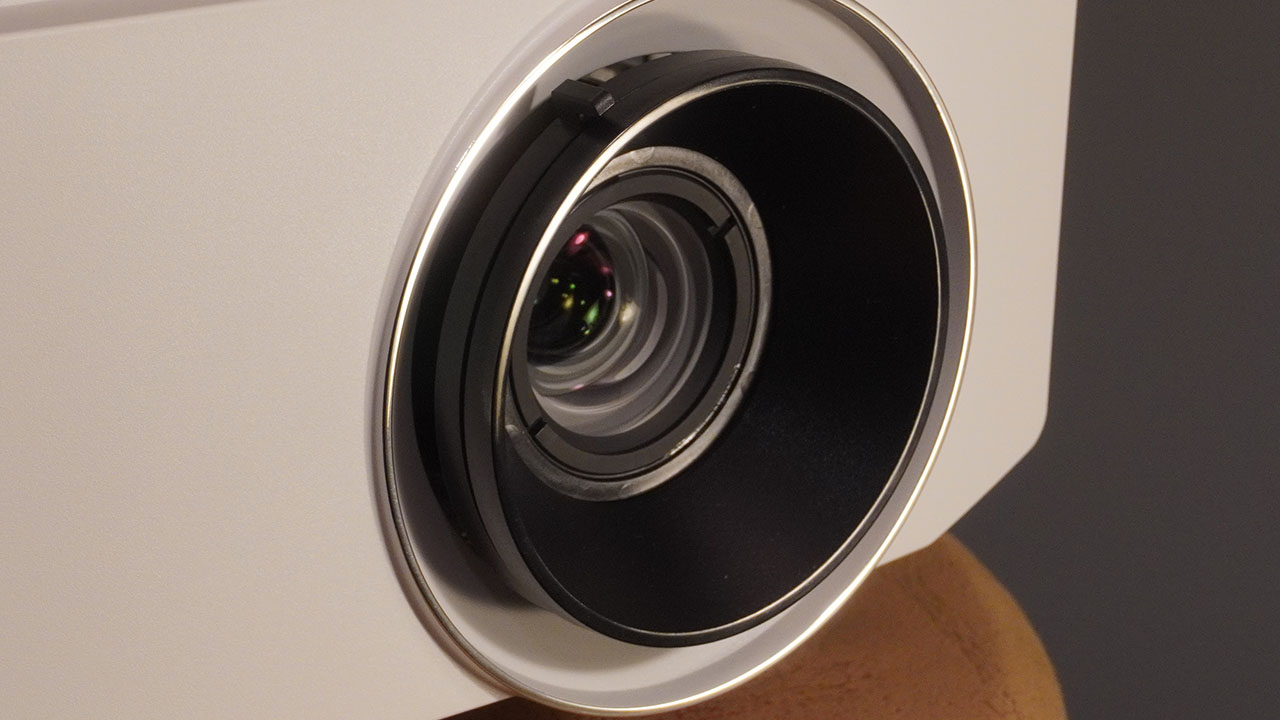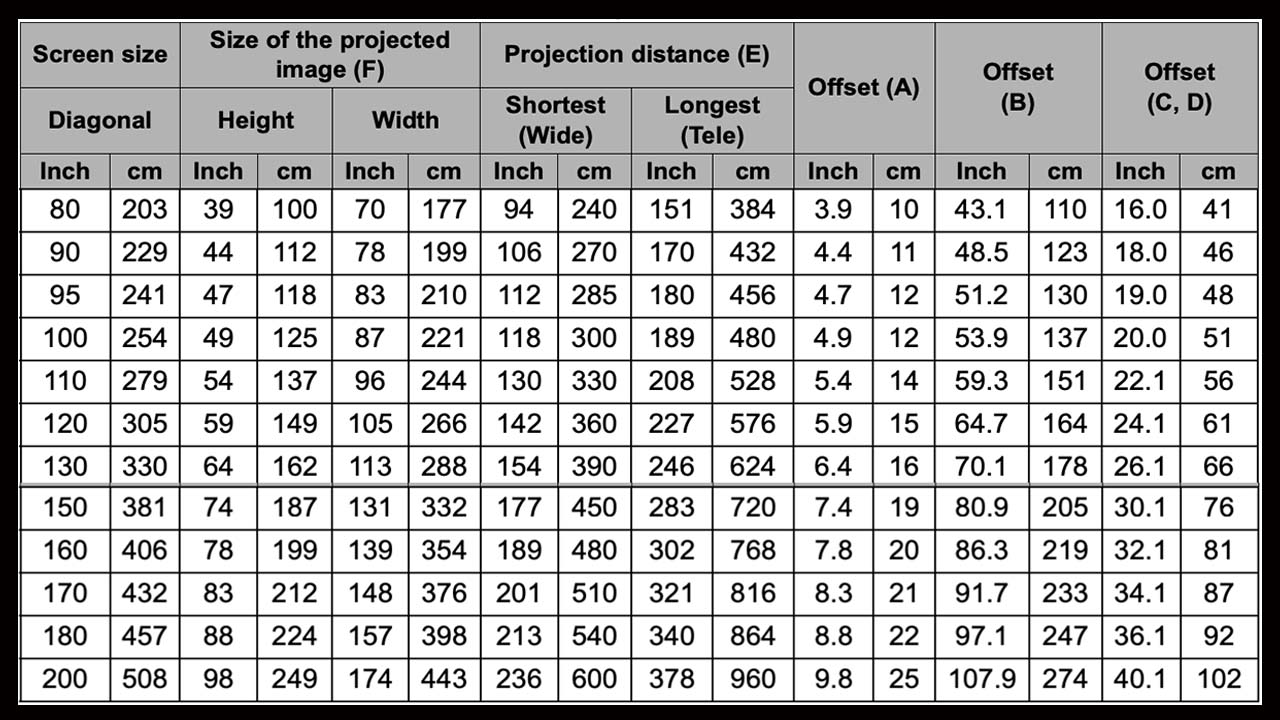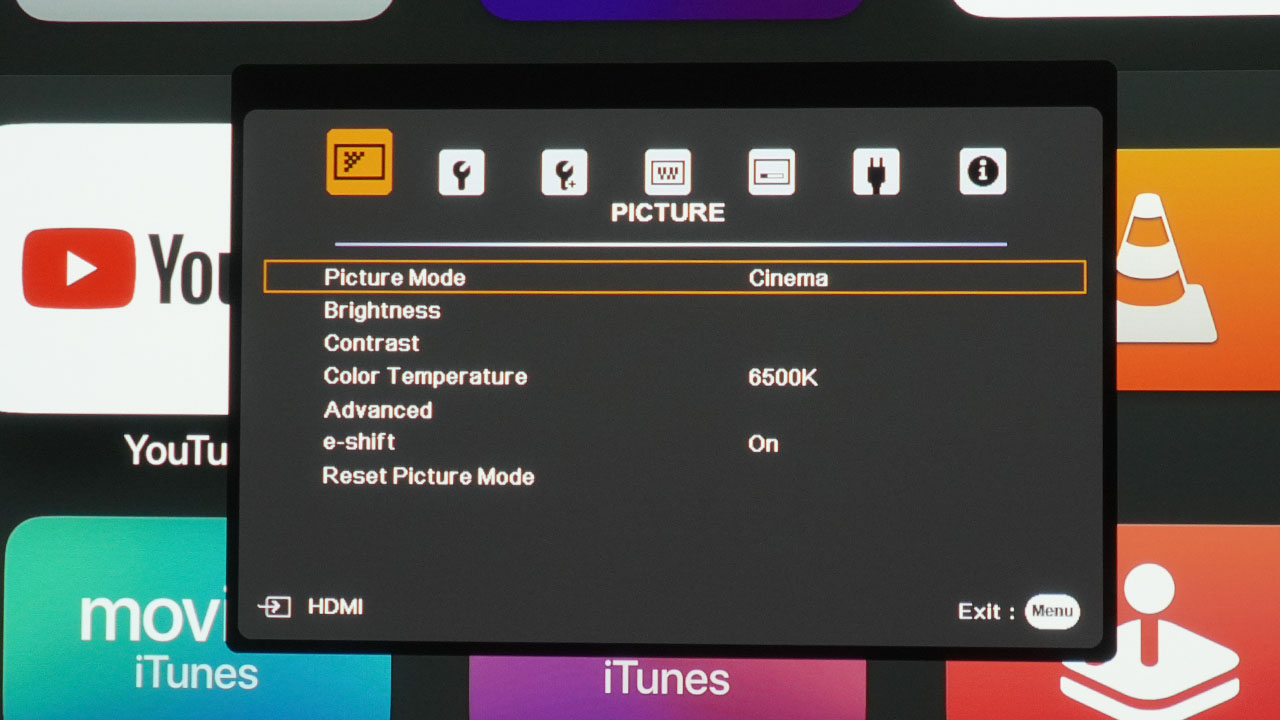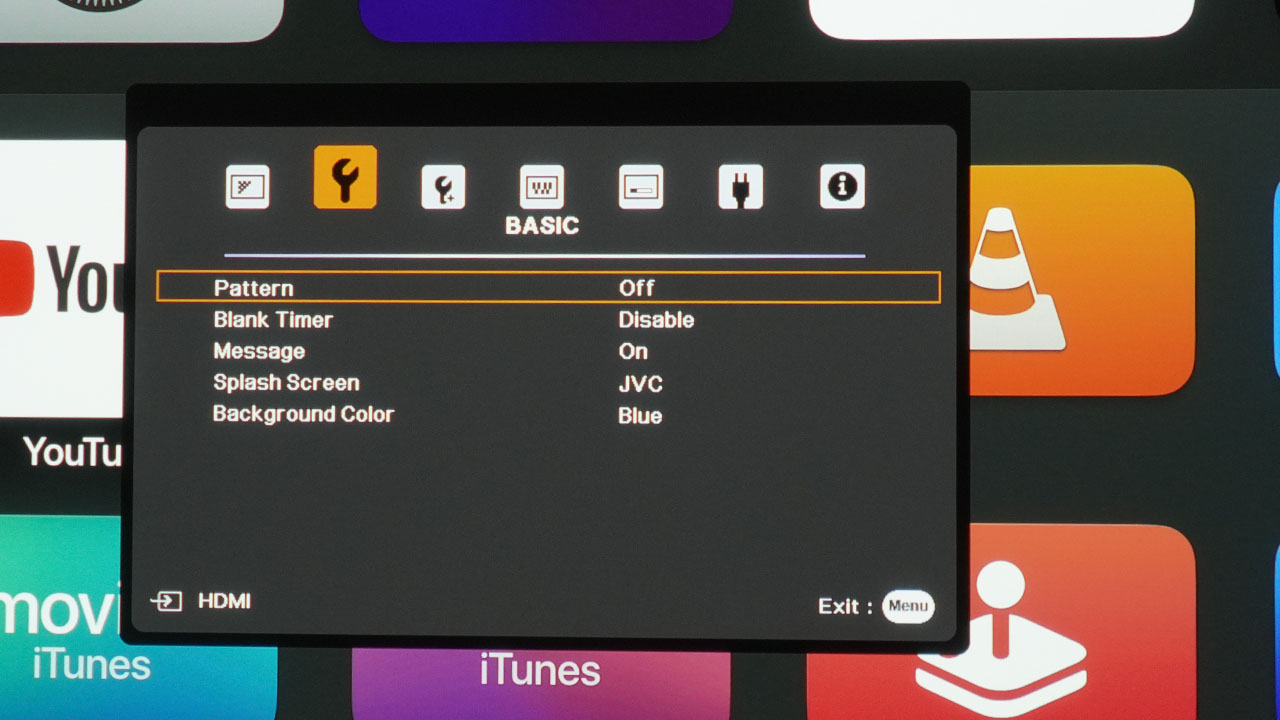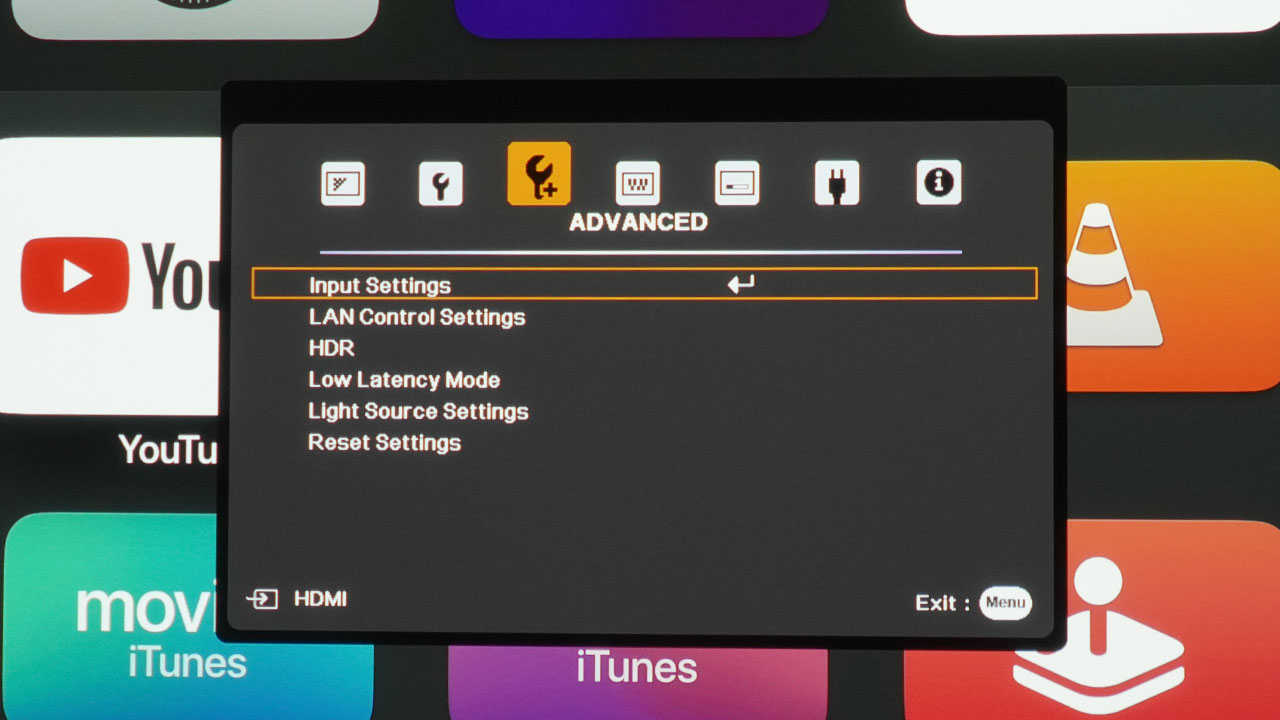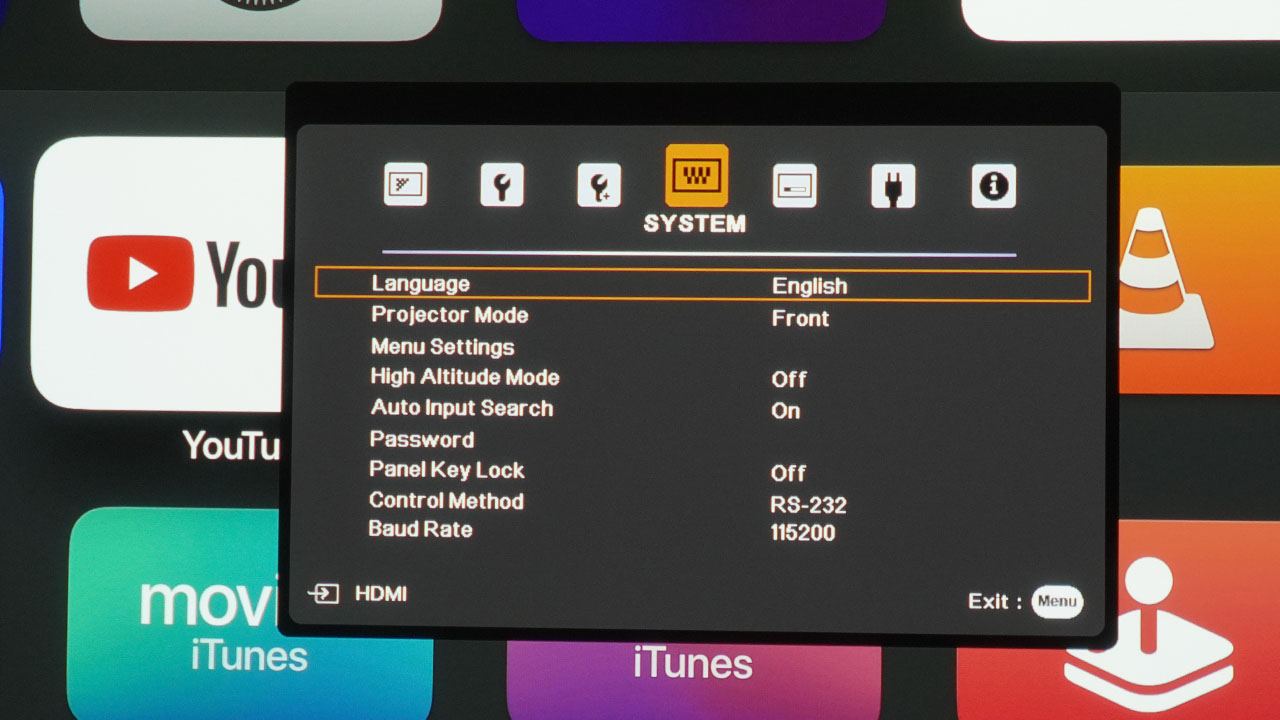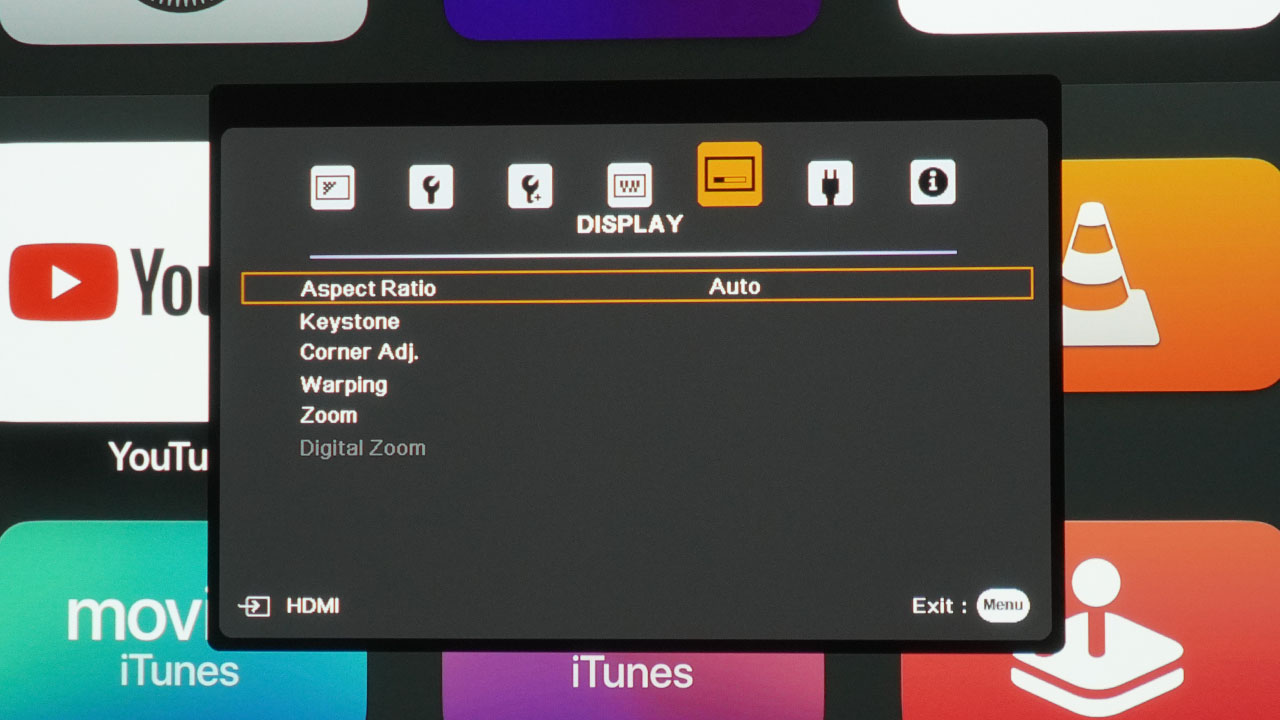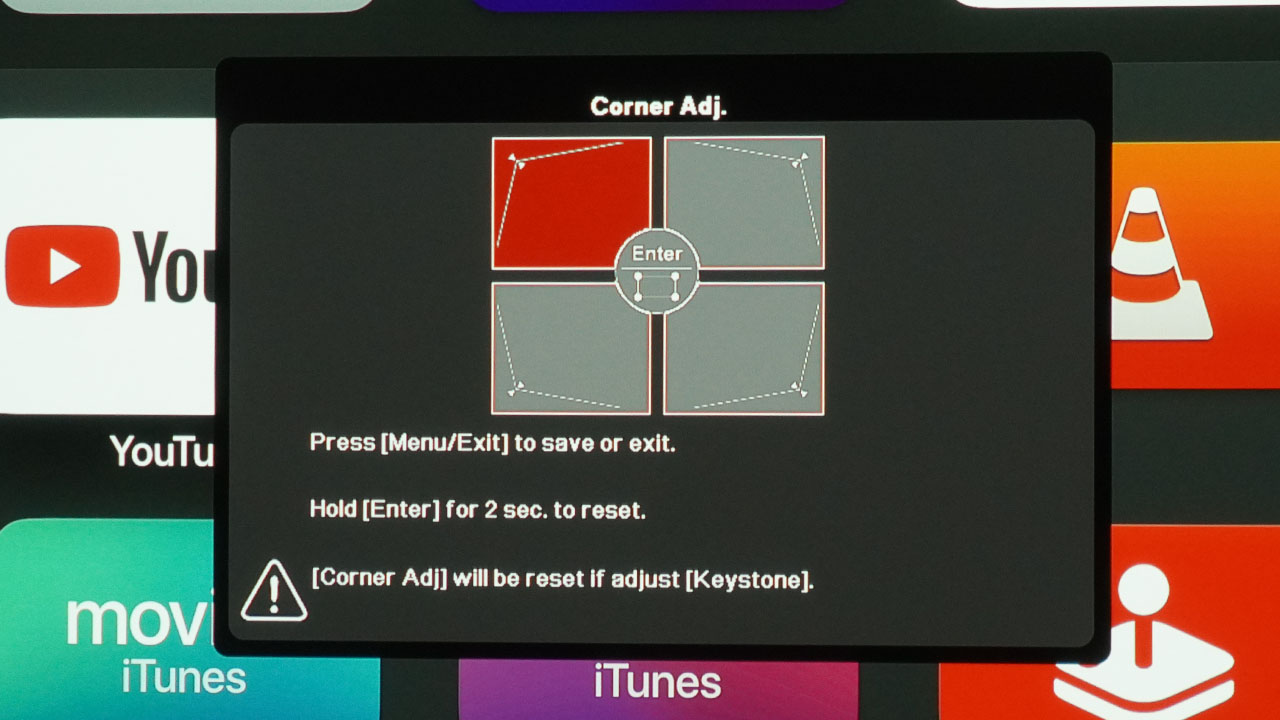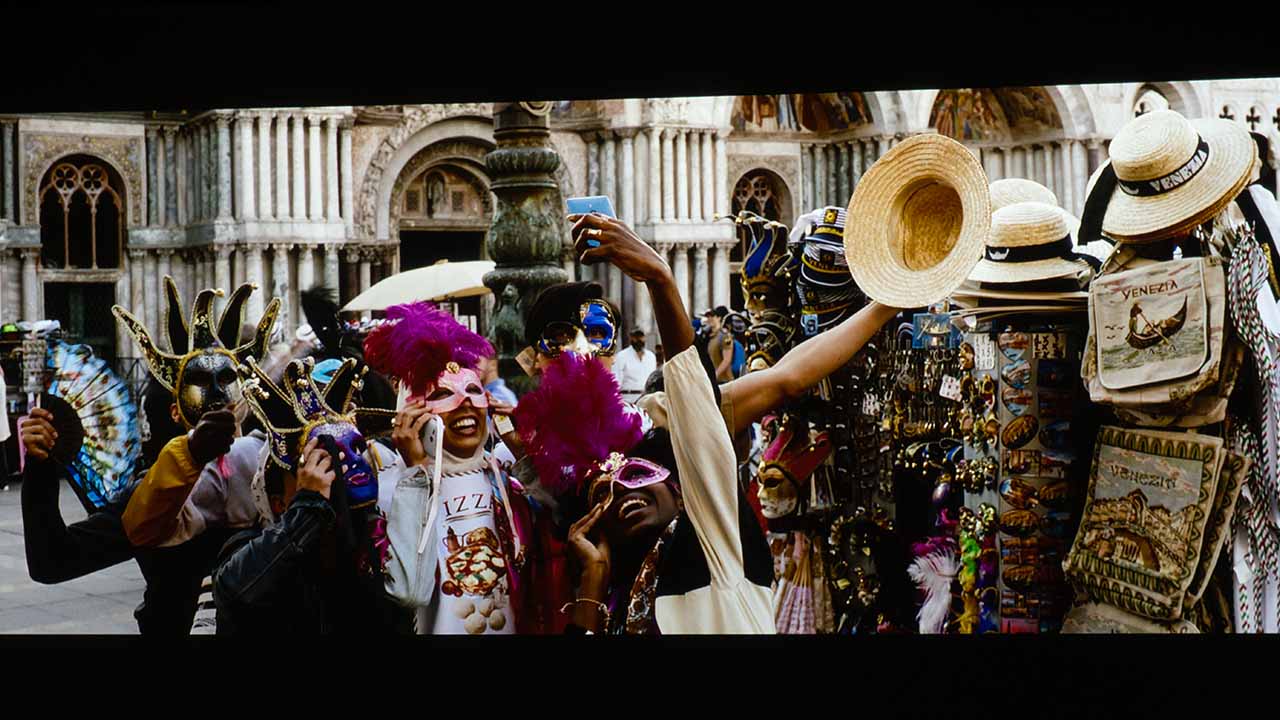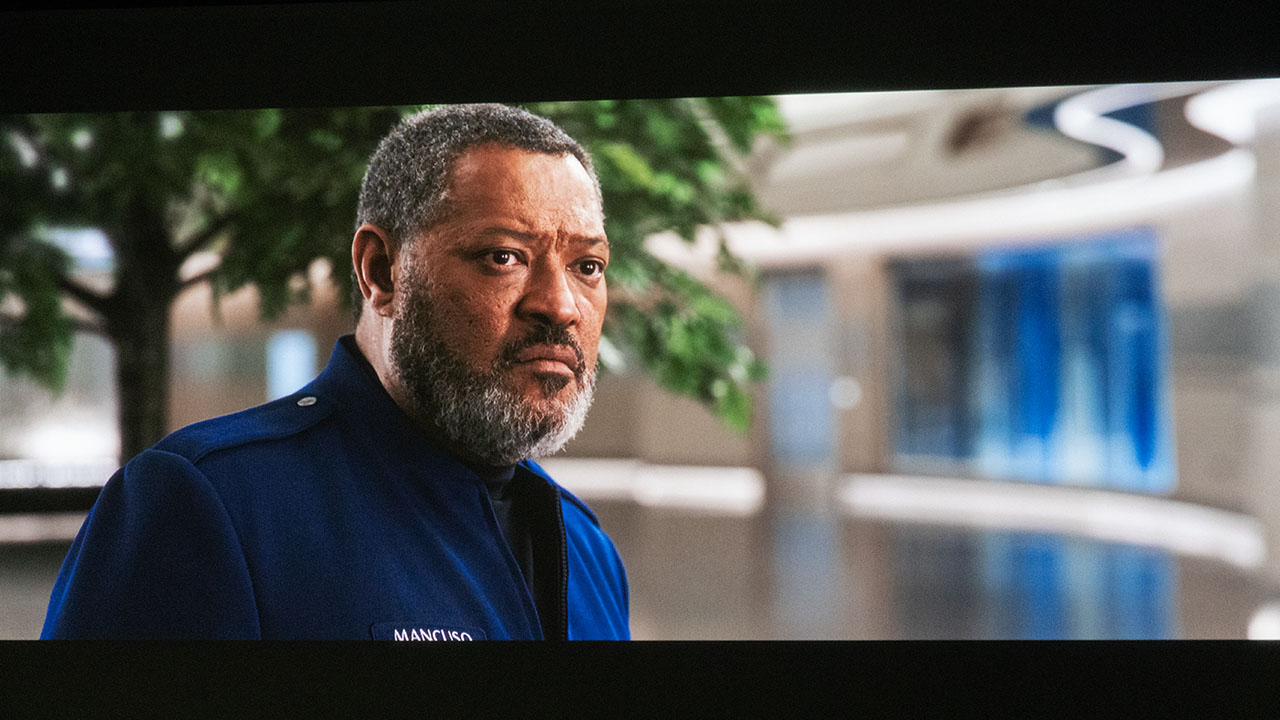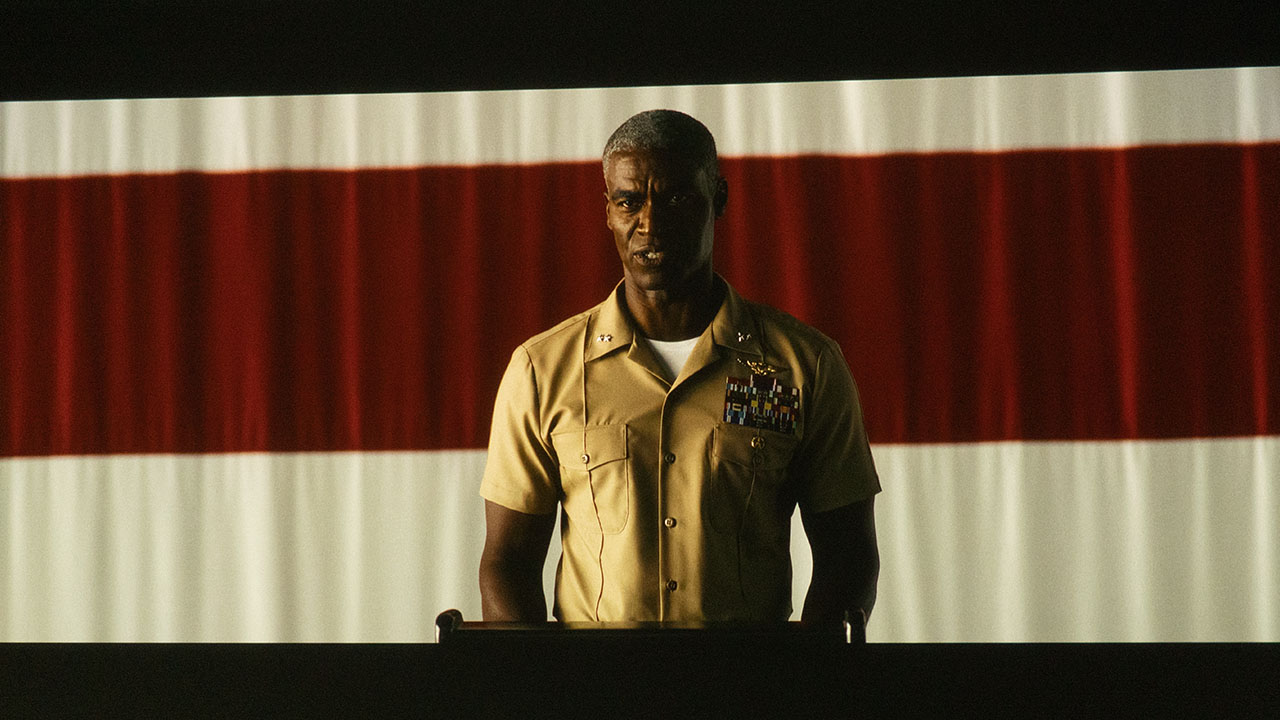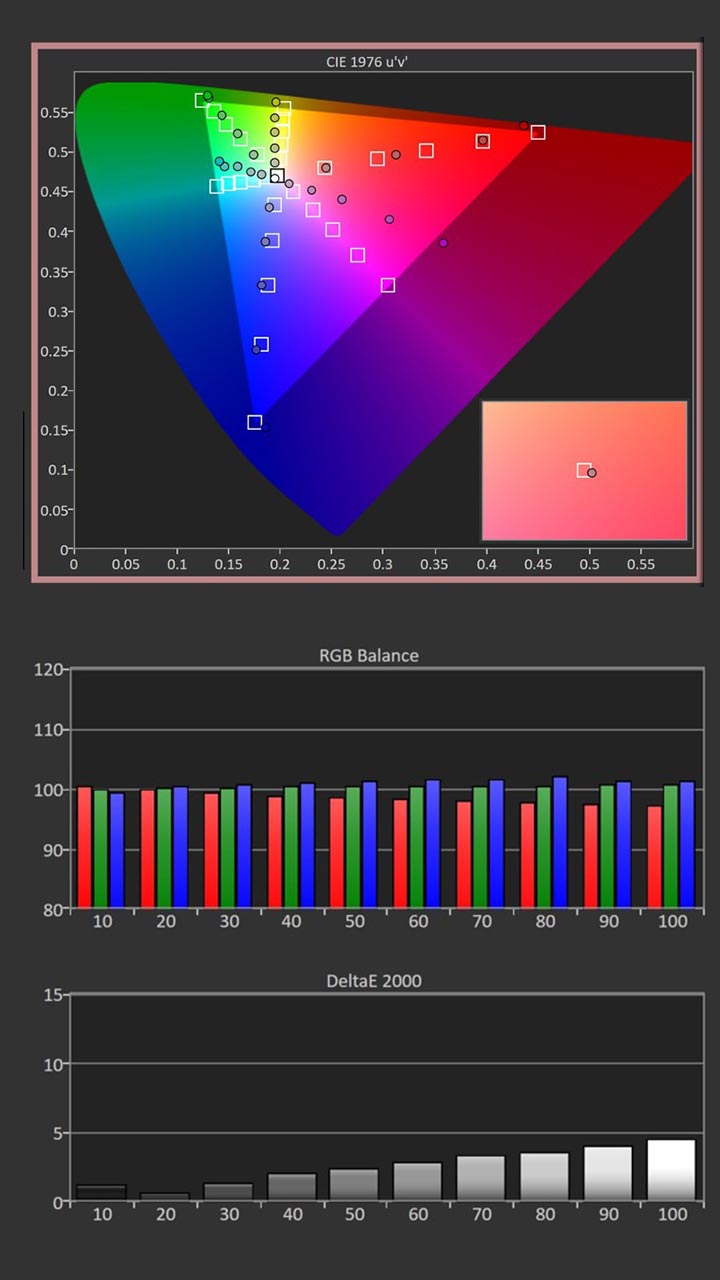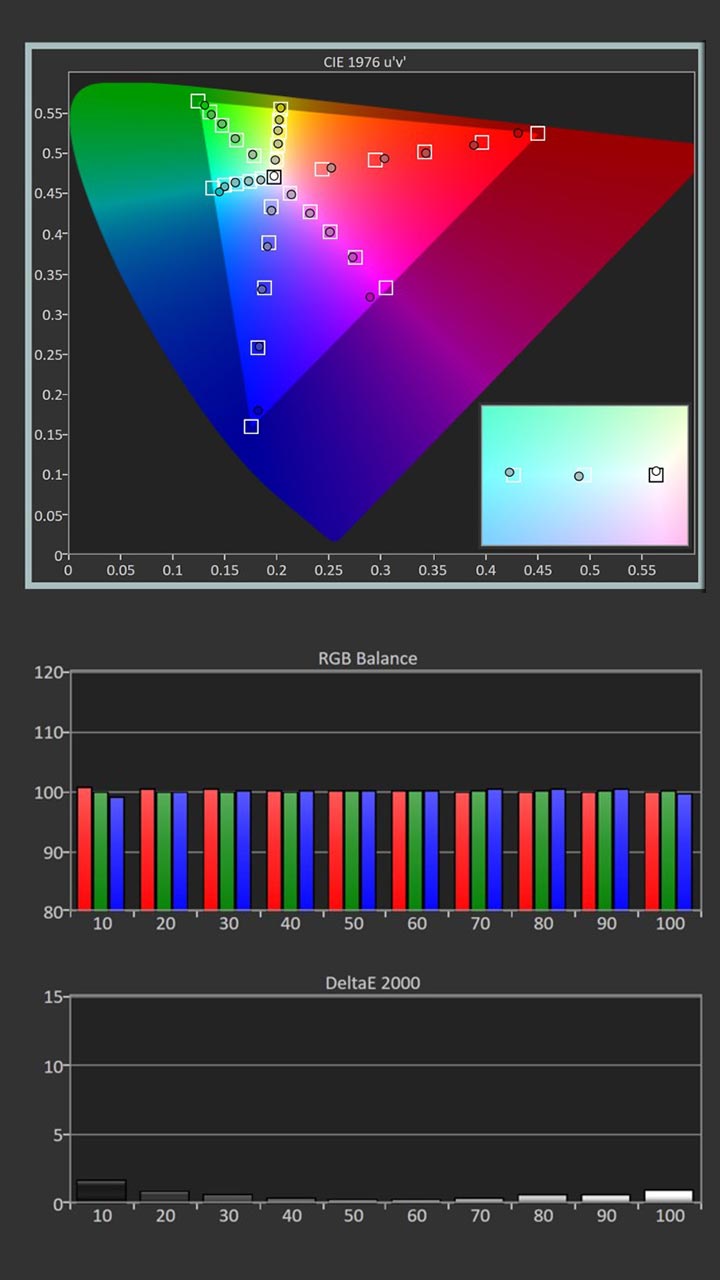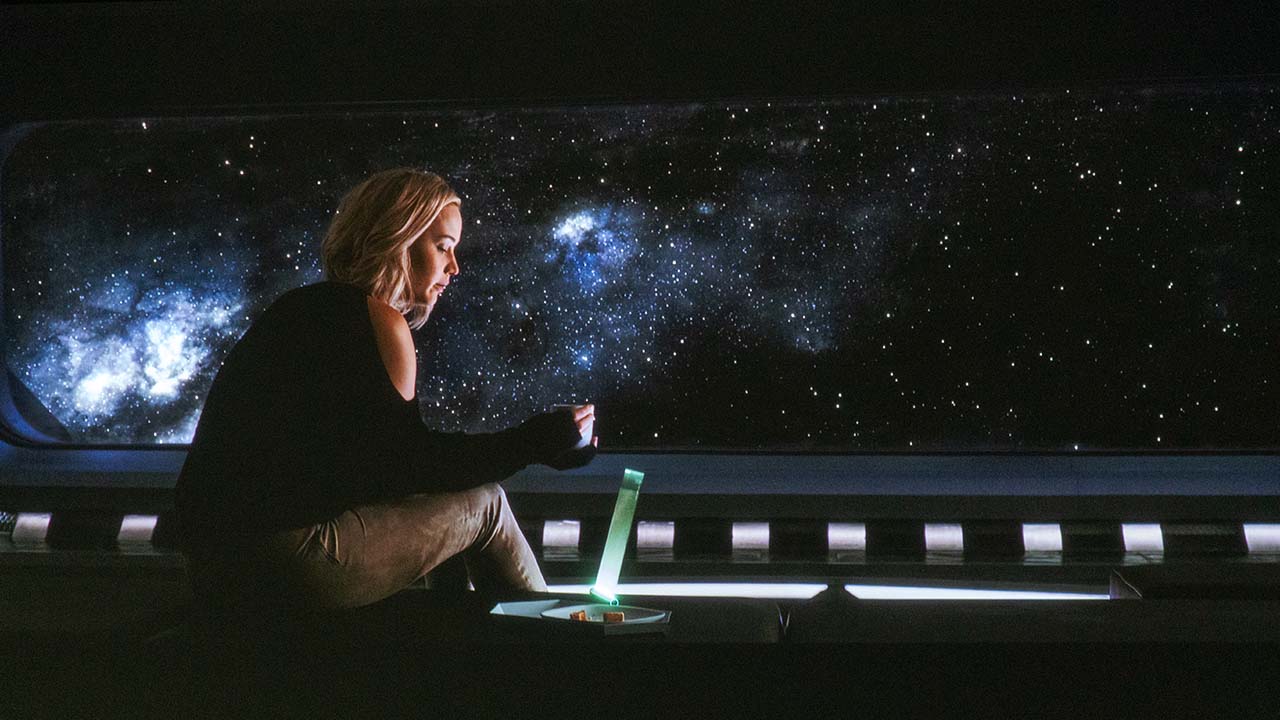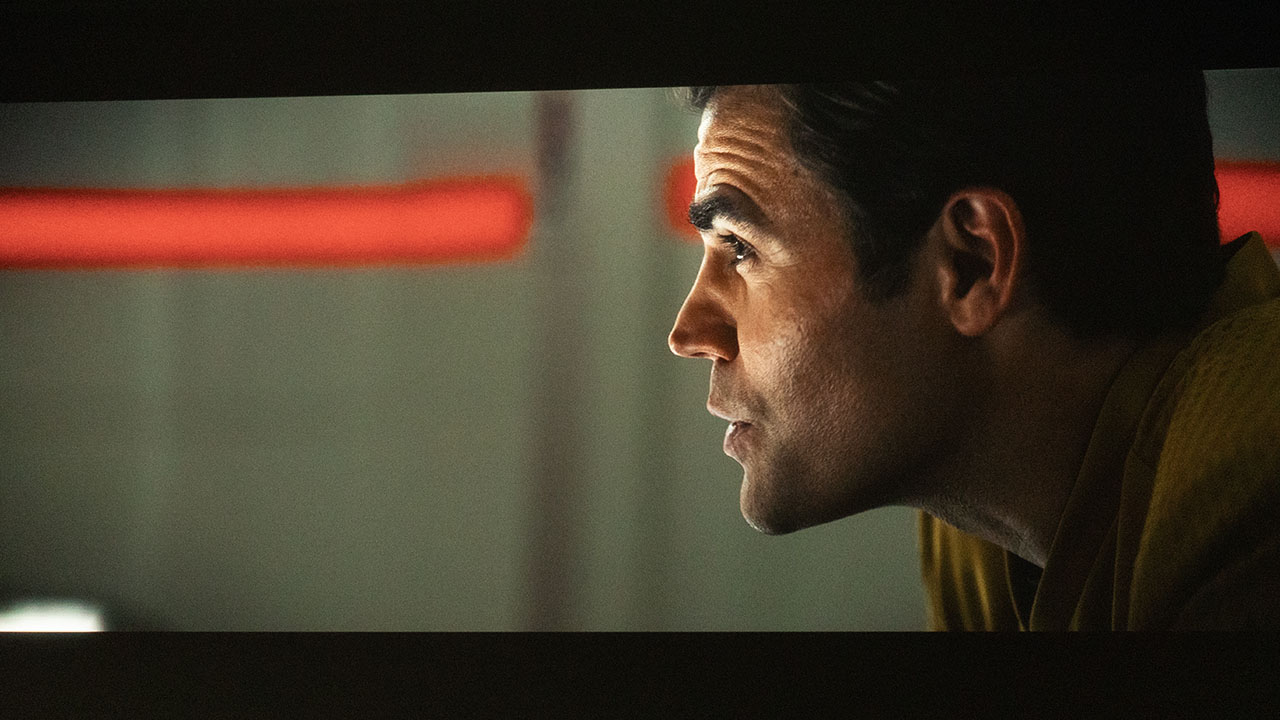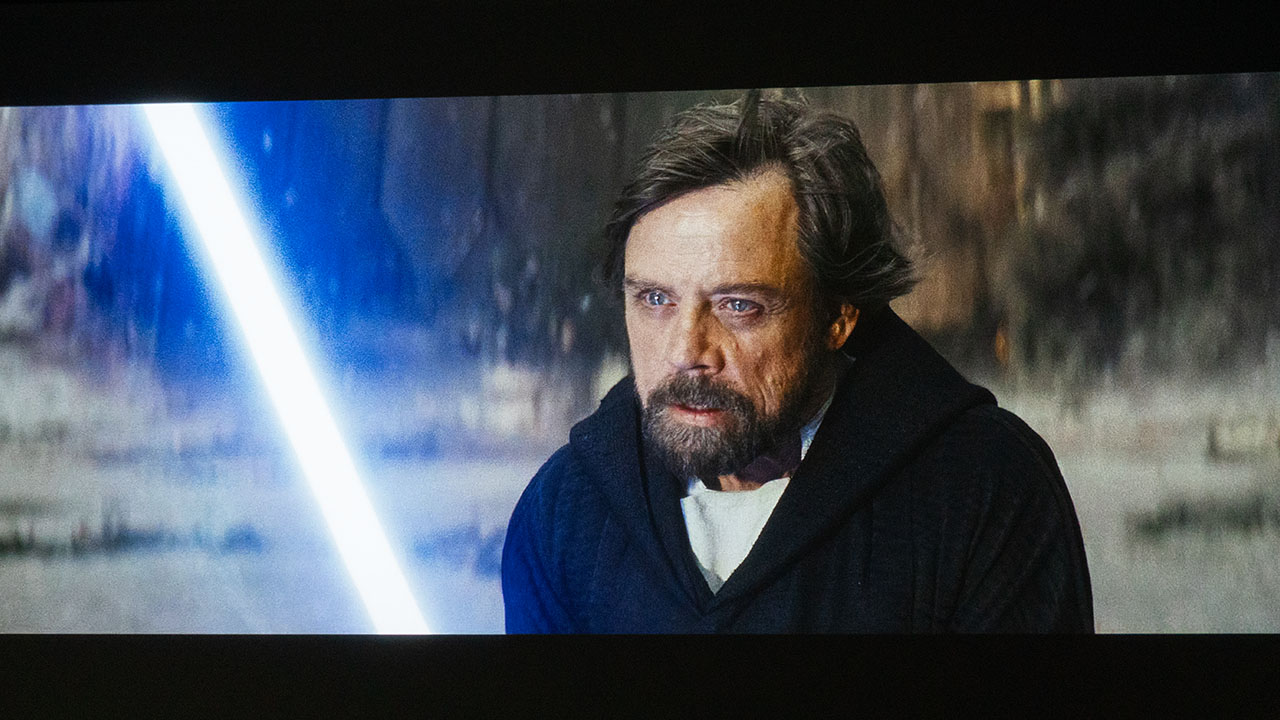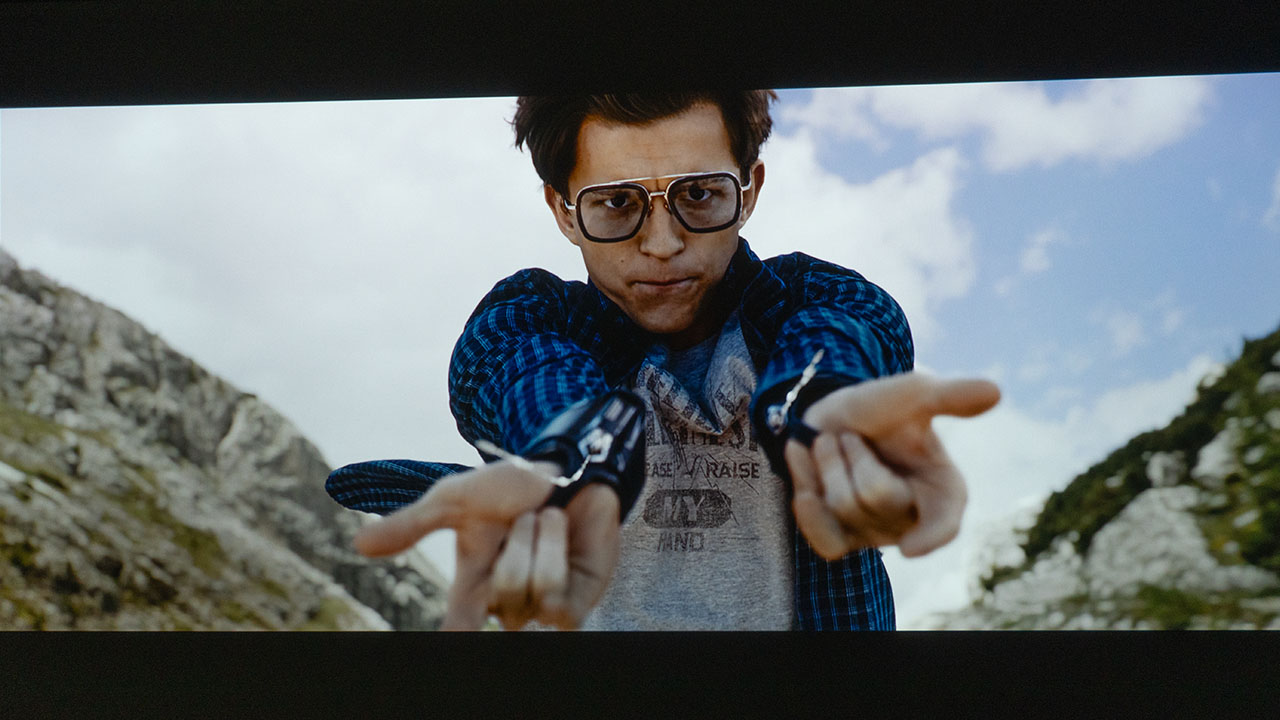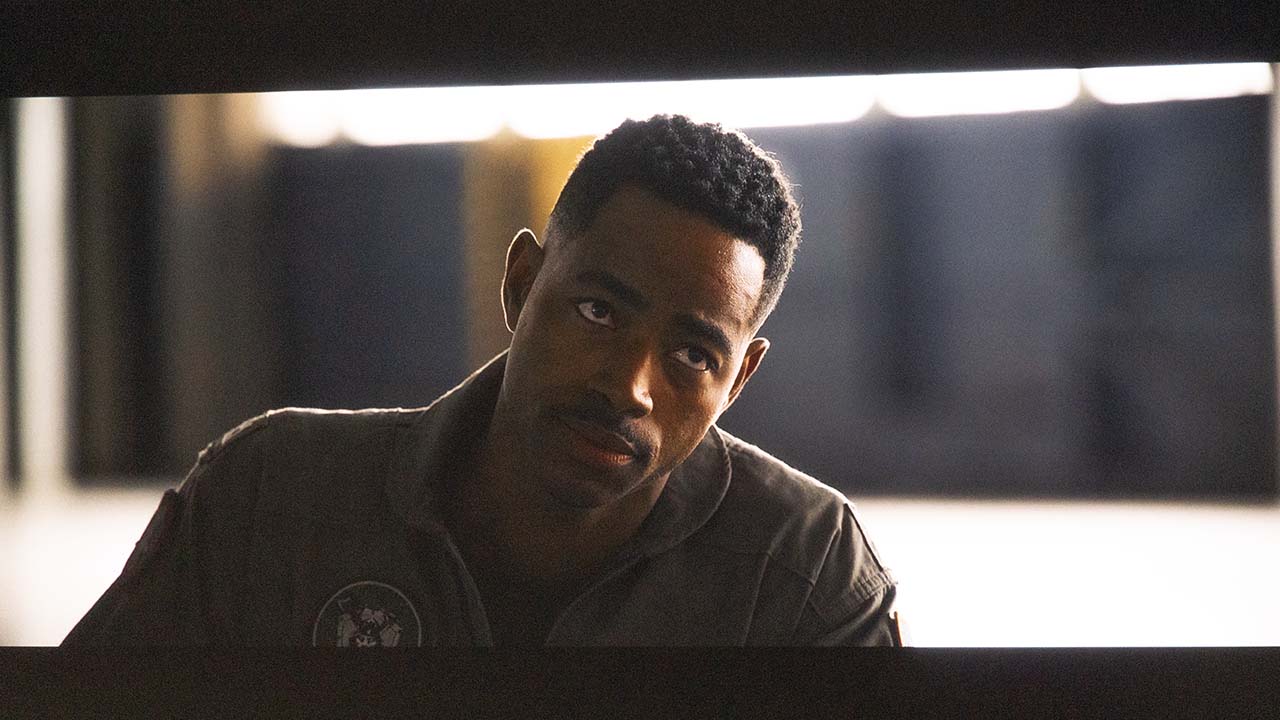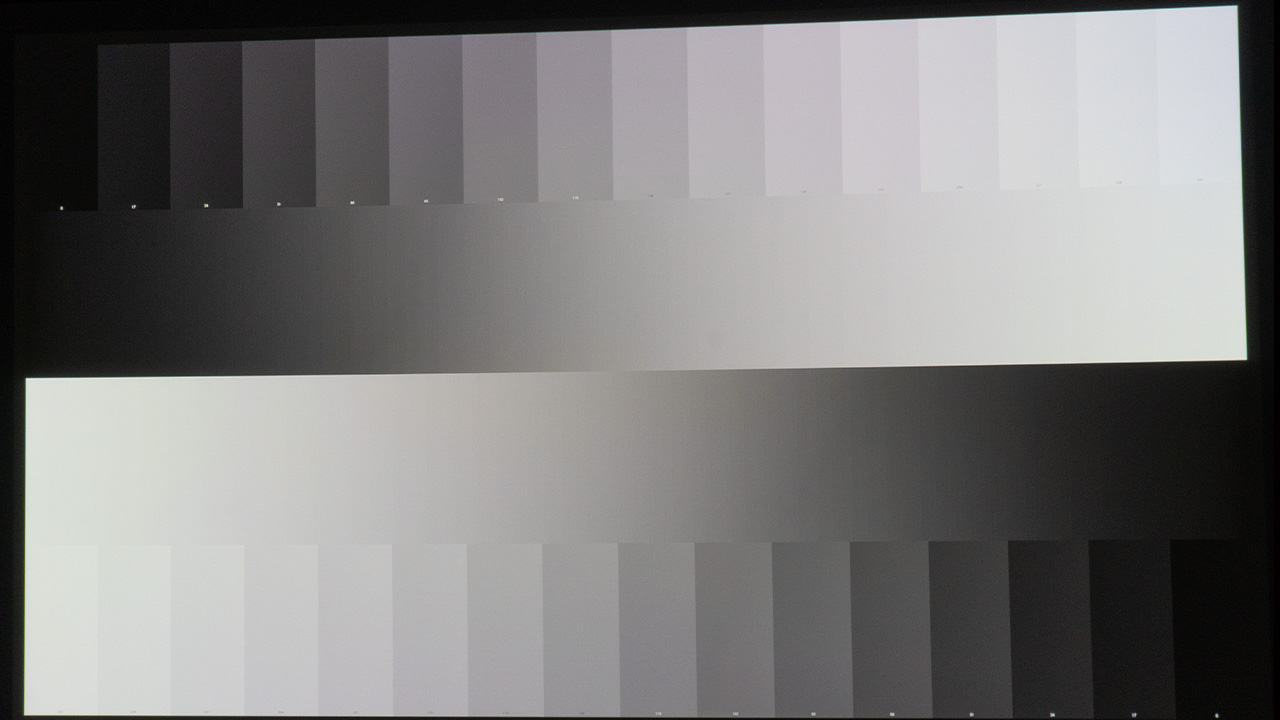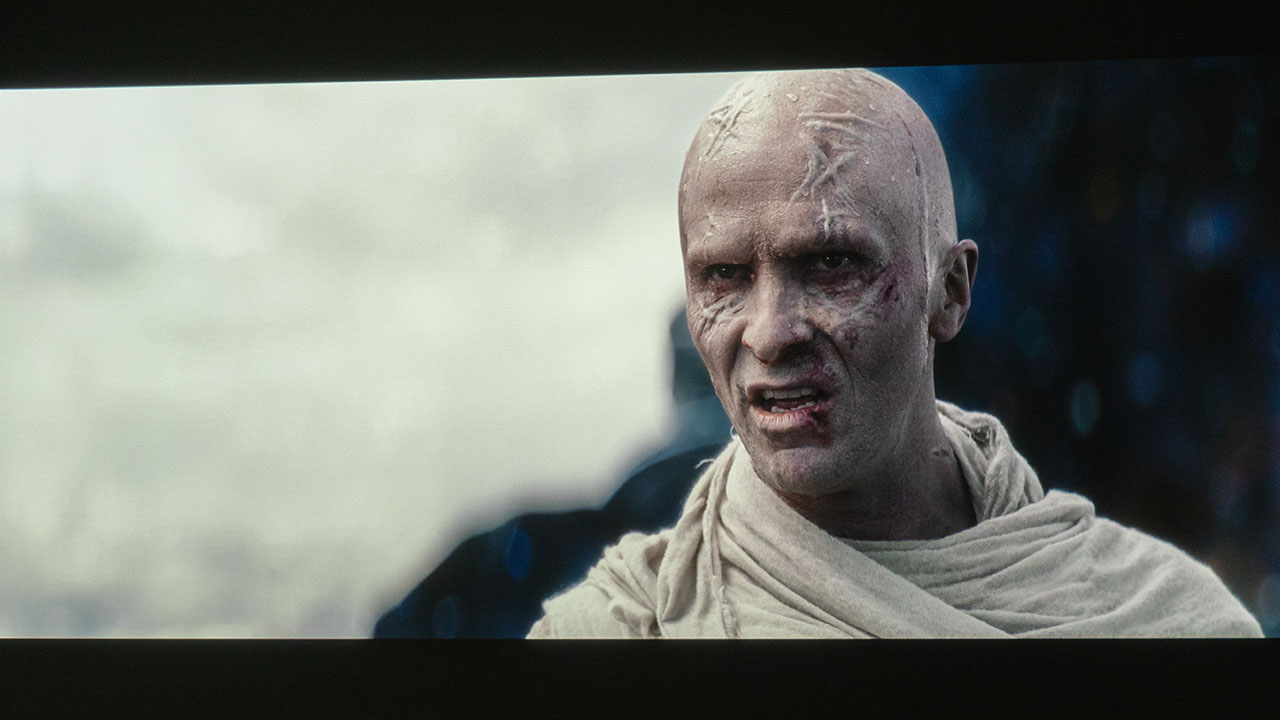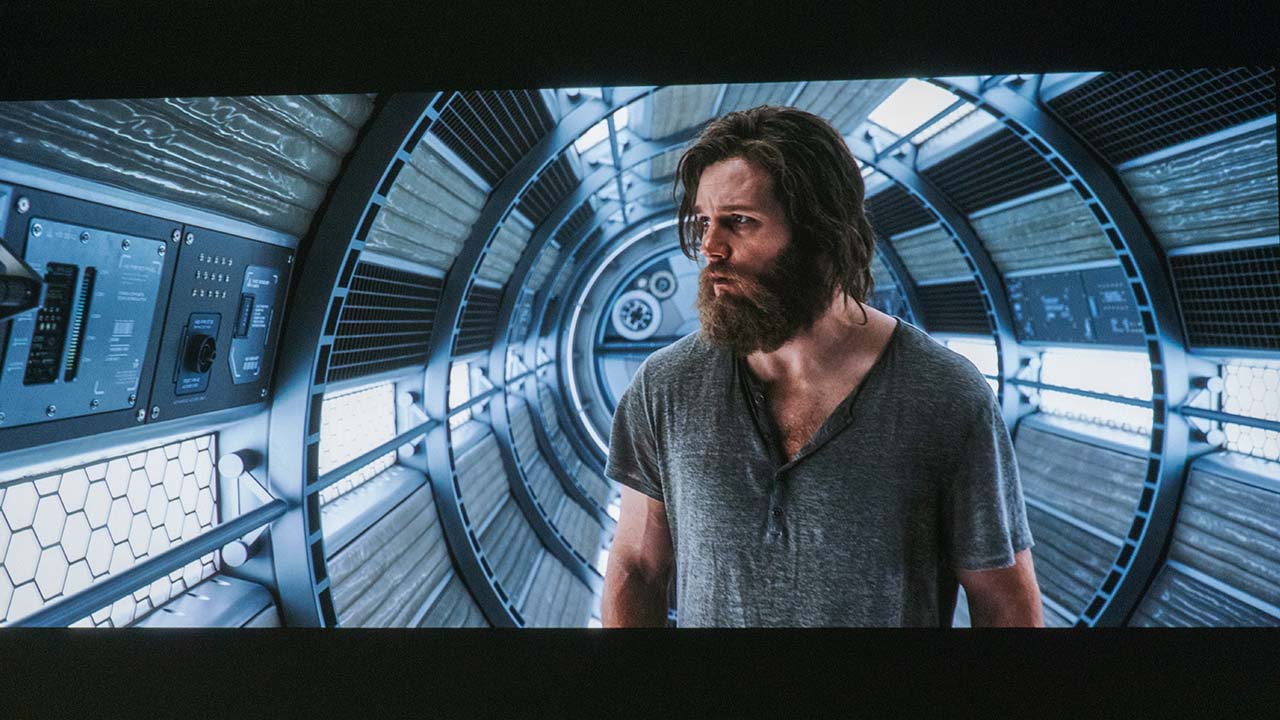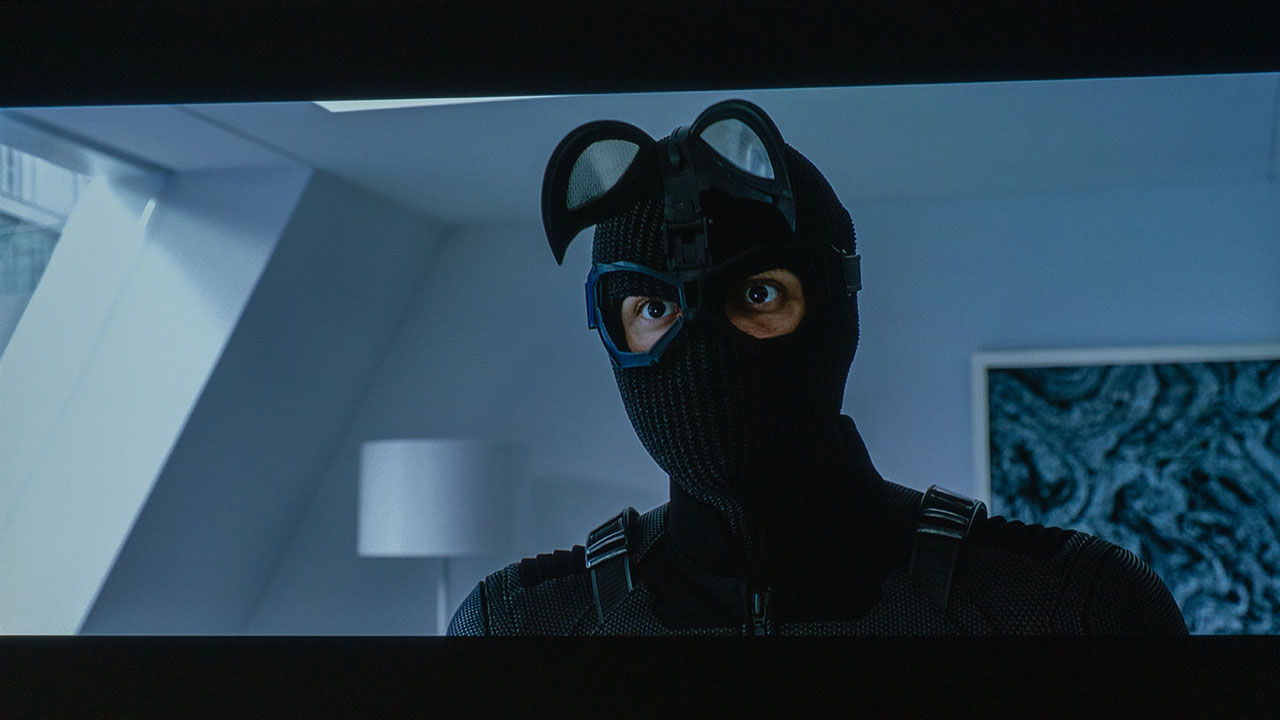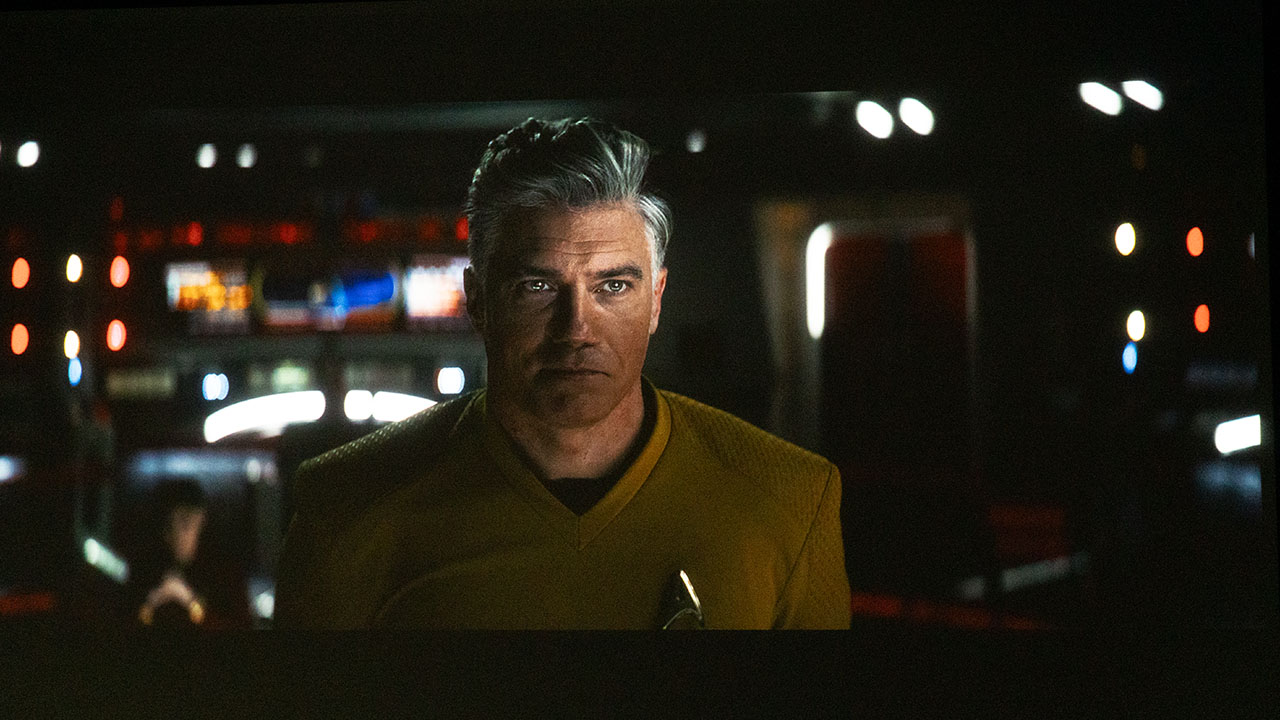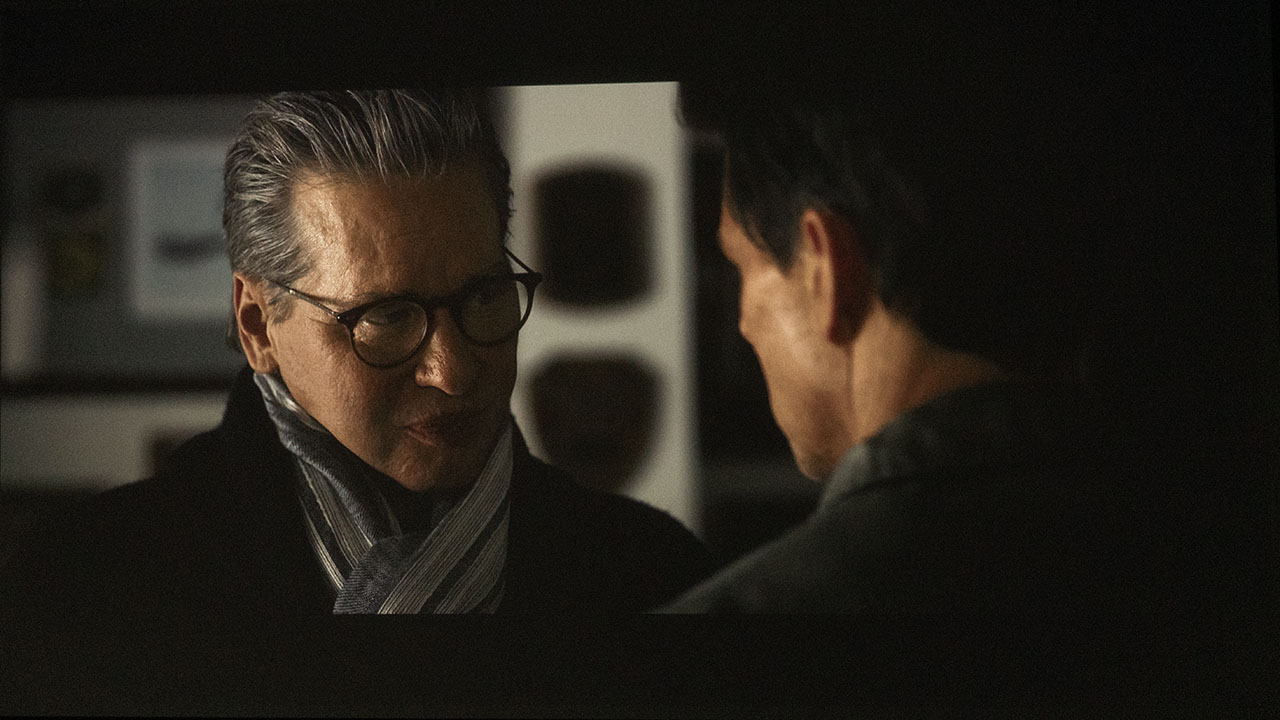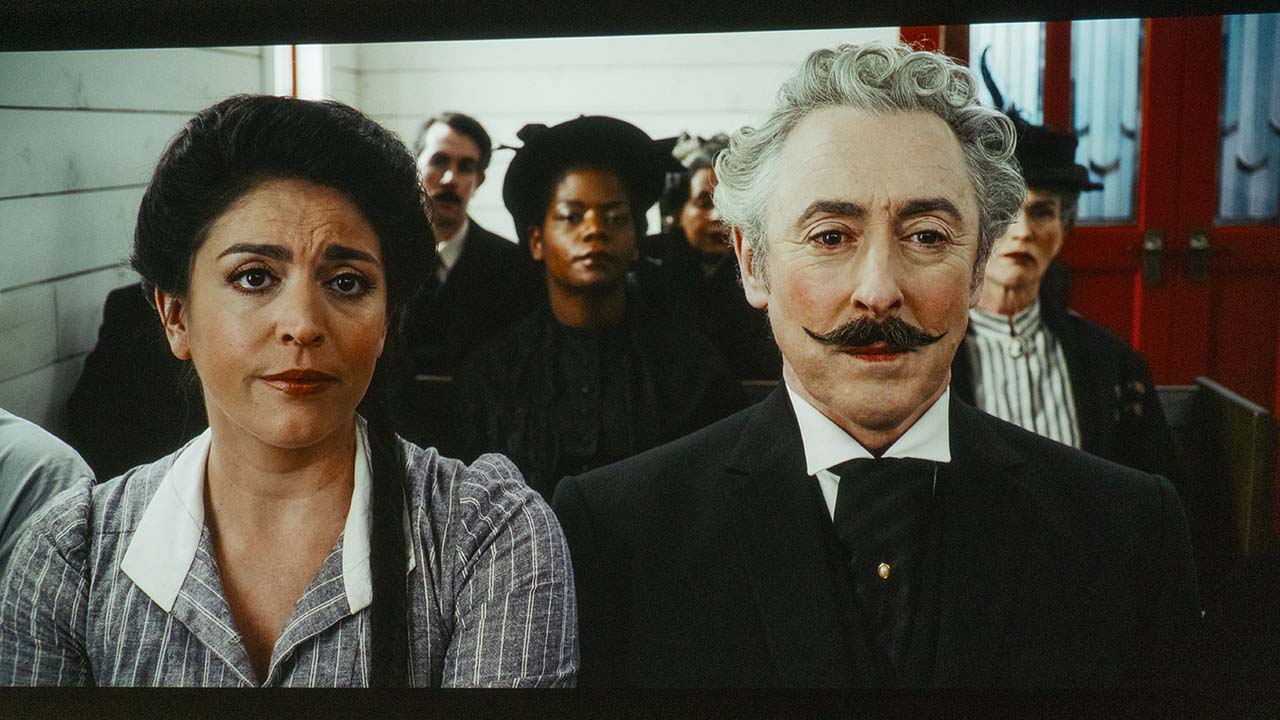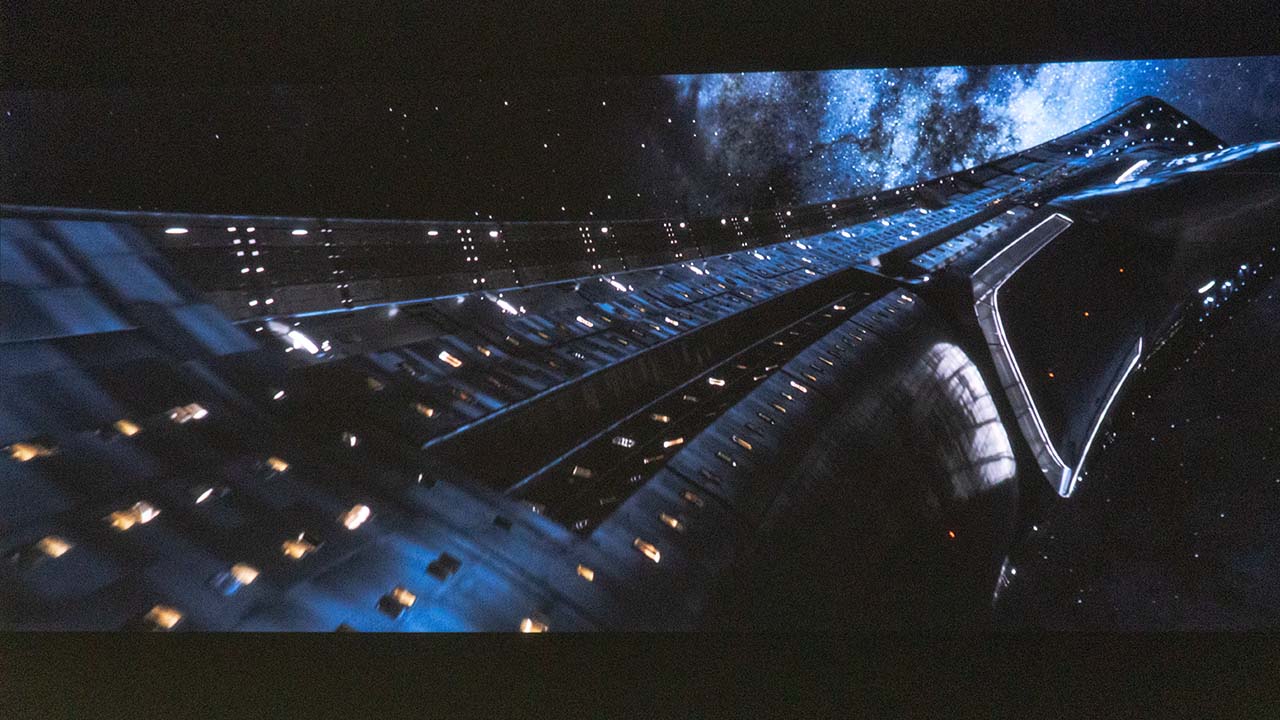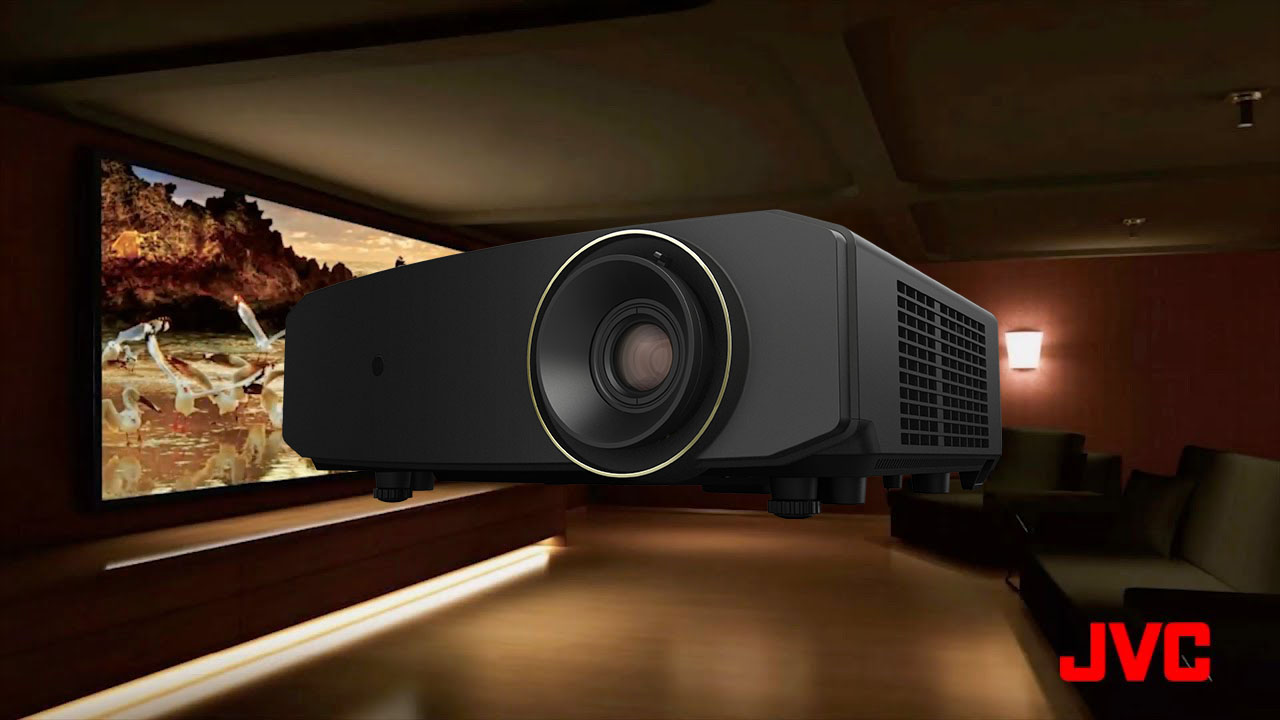The JVC LX-NZ30 is the second in the company's NZ series of DLP projectors and is one of three currently available for sale. JVC is primarily known for their DILA 4K and now 8K projectors but offers high-quality, lower-cost DLP projectors to expand their consumer offerings. The least expensive DILA projector starts at roughly $7,000 MSRP compared to the LX-NZ30's $3,499 MSRP, and the NZ30 is noticeably brighter.
The LX-NZ30 features a high-quality JVC lens with a projected image from 80 to 200 inches in a 16:9 aspect ratio. The projector is designed for a quick and easy setup, helped by various physical adjustment tools, including horizontal and vertical lens shift controls, two adjustable feet, analog zoom control, digital keystone, and four corner adjustments. JVC even added a 2.5:1 aspect ratio to the projector.
When consumers purchase the JVC LX-NZ30, they get JVC's established projection expertise and technical capabilities. This experience provides users with a high-end JVC BLU-Escent laser phosphor illumination that can display 3,300 lumens with 20,000 hours of worry-free operation, eliminating the need to replace projector bulbs.
Like JVC DILA projectors, the newest NZ series projector takes the company's e-Shift expertise to augment Texas Instruments' XPR or pixel-shifting models to emulate the original 4K content, creating a stunning 4K UHD displayed image. When you compare side-by-side with a true 4K projector, the resolution difference should be unnoticeable to most people. The NZ30's single-chip DLP chip and its laser-light engine are rated to provide over a decade of virtually maintenance-free operation.
I would love to say that the projector's black-level performance is just as good as their higher-end projectors, but that's just not the case. I can say the black-level performance on this projector is about standard for a DLP projector resulting in darker gray rather than blacks, even with an excellent ALR screen, which I highly recommend.
JVC has paid attention to the performance of each of this projector's preset picture modes, two of which are user configurable. The LX-NZ30 produces a beautiful warm image that, with a few exceptions, I found pleasing. The projector's out-of-the-box picture quality is very nice, with no glaring issues I could detect.
The LX-NZ30 now features a GAMING mode allowing users to display 4K game content with an input lag of 25 ms at 60 fps. With this significant improvement in input lag, the NZ-30 can display 1,080P games up to 240 Hz at 6.25 ms. , 1080P 60@25 ms,120@12.5 ms, and 240Hz@6.25 ms. The LX-NZ30 competes with dedicated gaming projectors from companies like BenQ and Optima.
CINEMA and NATURAL preset picture modes are the most accurate out-of-the-box modes for SDR content. Both these modes significantly turn down brightness, attempting to improve black levels and provide a more FILMMAKER mode type of experience for the user. NATURAL mode is also the mode with the lowest brightness settings. If you are looking for a projector to view mainly SDR content in a room with higher ambient light, the LX-NZ30 might be the value in its price range from a premium projector manufacturer.
Regarding HDR performance, this projector excels, delivering one of the best HDR modes I've seen on a DLP projector in a while. Like the LX-NZ3, the NZ30 JVC has worked hard to improve the overall quality of HDR content by using its proprietary auto-tone mapping algorithms, which use the average and peak brightness information found in HDR10 metadata to deliver the best HDR picture possible with little to no adjustment needed when viewing HDR content.
Overall, I was very impressed with the picture performance of the LX-NZ30.
Epson Home Cinema LS11000 $3,999 MSRP
Compared to the Epson LS11000, the JVC LX-NZ30 is 700 ANSI brighter and retails for $500 less. However, LS1100 uses Epson's 3-Chip 3LCD sensors producing equal color and white lumens. The laser light source's brightness of 2500 ANSI lumens delivers excellent out-of-the-box color performance without distracting rainbowing or other color brightness issues seen in many Digital Light Processing (DLP) projectors. The 3LCD panels used in the LS11000 also delivers deeper black levels and higher native contrast.
The Epson has equipped the LS11000 with dual HDMI 2.1 inputs that accept 4K HDR signals at 120 fps with an input lag below 20ms for a smooth, high-quality gaming experience. The LS11000 supports gaming with the latest generation of gaming consoles like the PlayStation 5 and XBOX Series X, as well as gaming PCs.
The new version of Epson's 4K PRO-UHD (pixel-shifting) utilized in the LS800 is noticeably better than the previous versions. It is quicker and quieter even though the projector rapidly shifts 1/4 of a pixel diagonally and horizontally, and it does so faster than the human eye can see. This 4K PRO-UHD version quadruples the visible pixels onscreen, allowing one pixel to do the job of four when displaying a 4K image.
While 3LCD pixel shifting has improved dramatically in the past few years, it still doesn't deliver the onscreen resolution and sharpness that a native 4K or XPR-equipped DLP projector like to JVC LX-NZ30 can produce.
LG GRU510N 4K UHD $3999 MSRP
The LG GRU510N also beats the JVC in light output, delivering a whopping 5,000 ANSI lumens of brightness compared to the NZ30's 3,300 ANSI lumens. The LG GRU510N is a 4K UHD (3,840 x 2,160) DLP projector with laser-phosphor illumination rated to deliver 20,000 hours of maintenance-free operation. Like the JVC, the LG supports HDR10 and HLG with dynamic HDR tone-mapping and features horizontal and vertical lens shift backed up by 12-point geometry correction.
This LG projector is an older model but is still available for purchase. This projector offers a similar overall picture compared to the JVC. With an MSRP of $3999, it is more expensive but can regularly be purchased for around $3499, making it a compelling alternative to the JVC.

